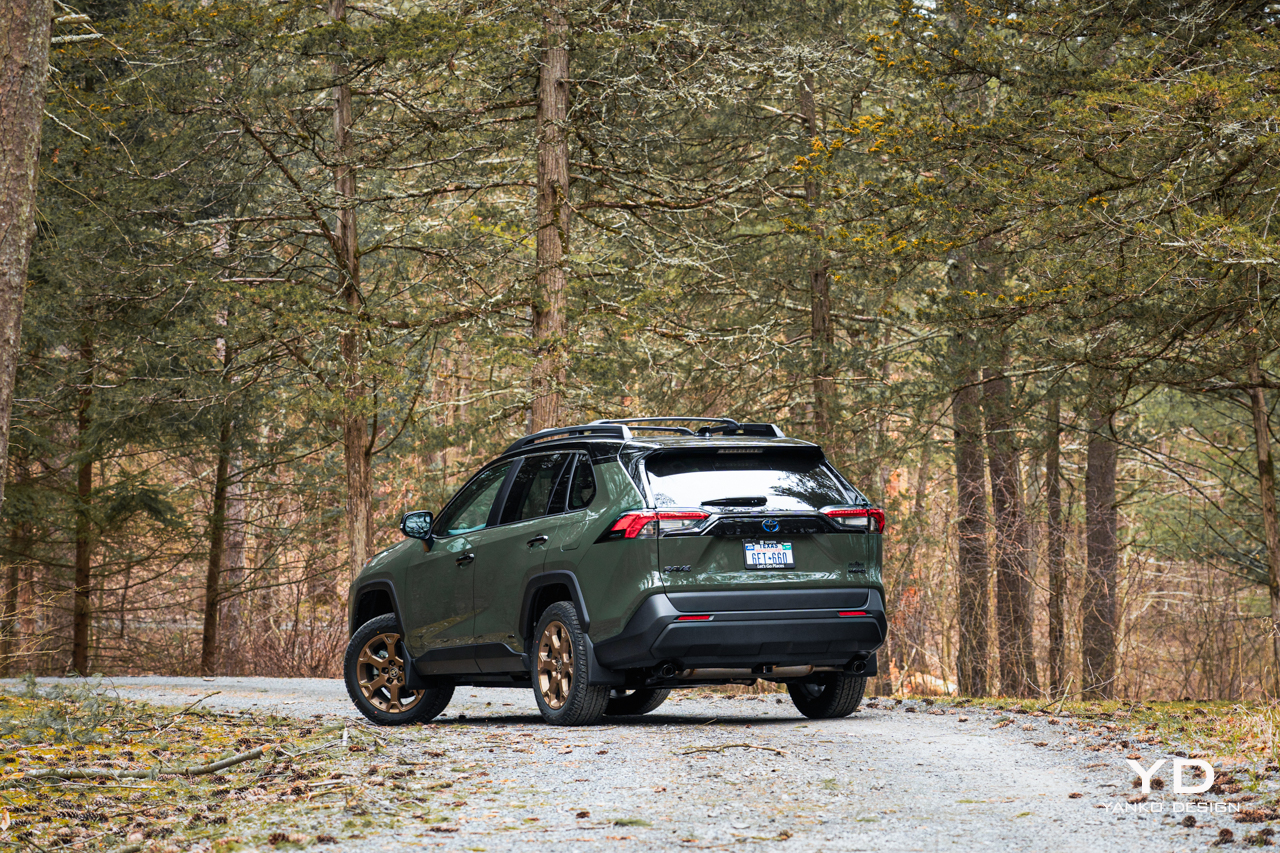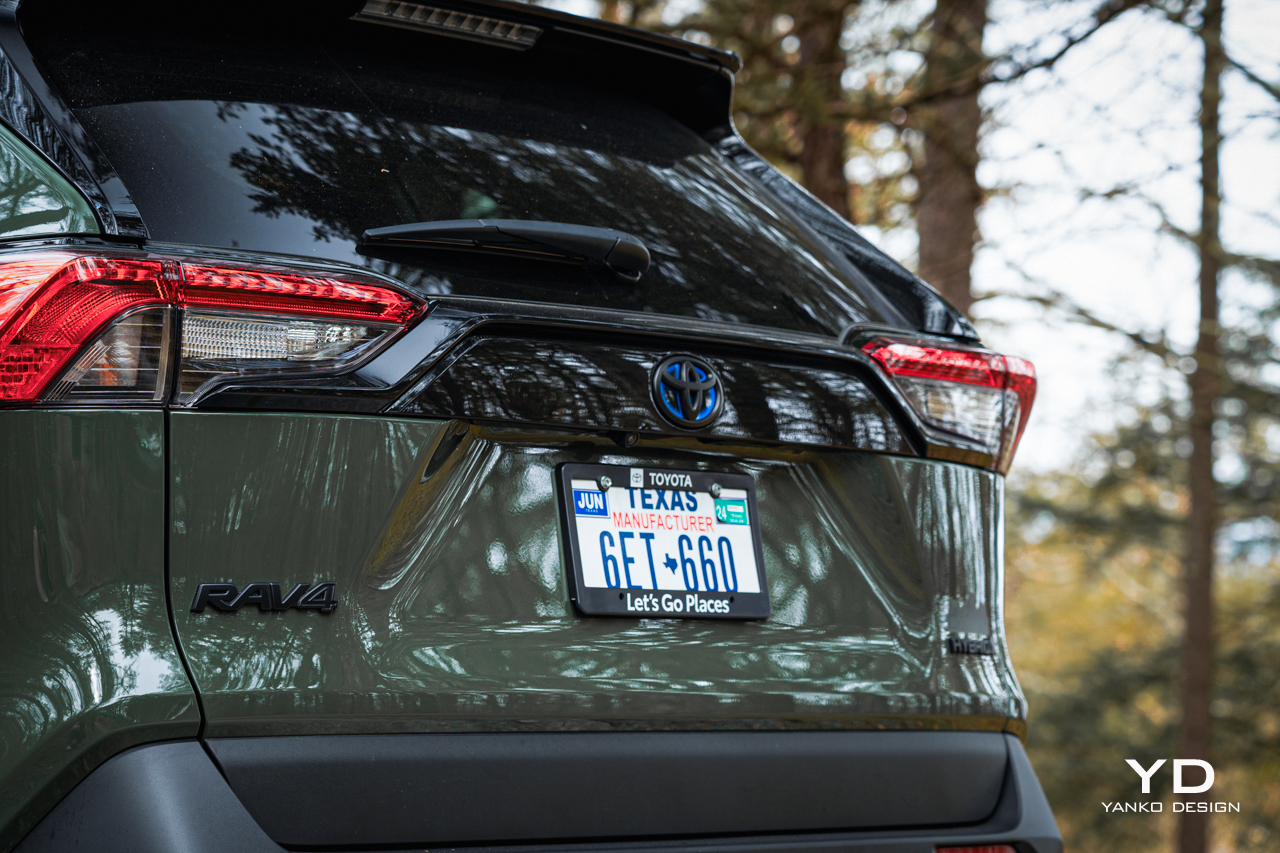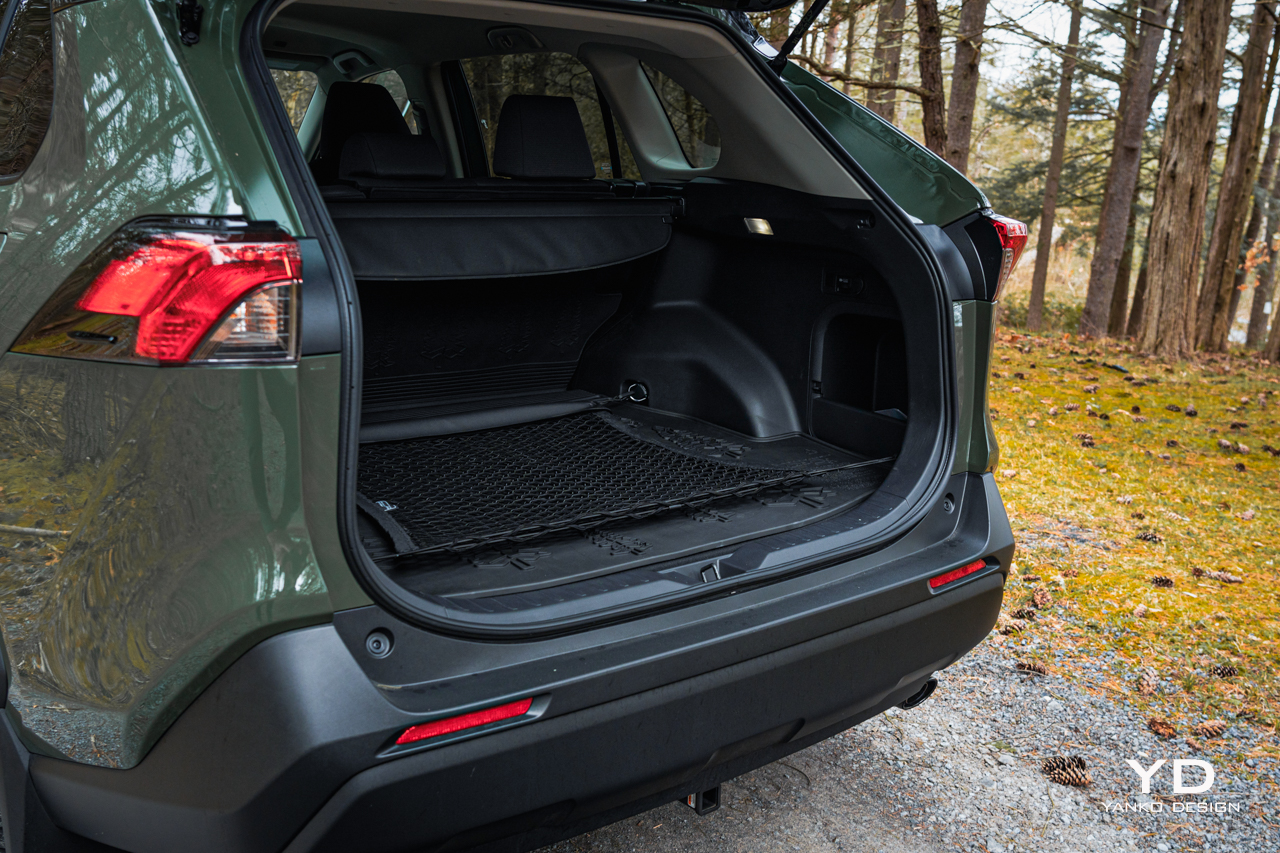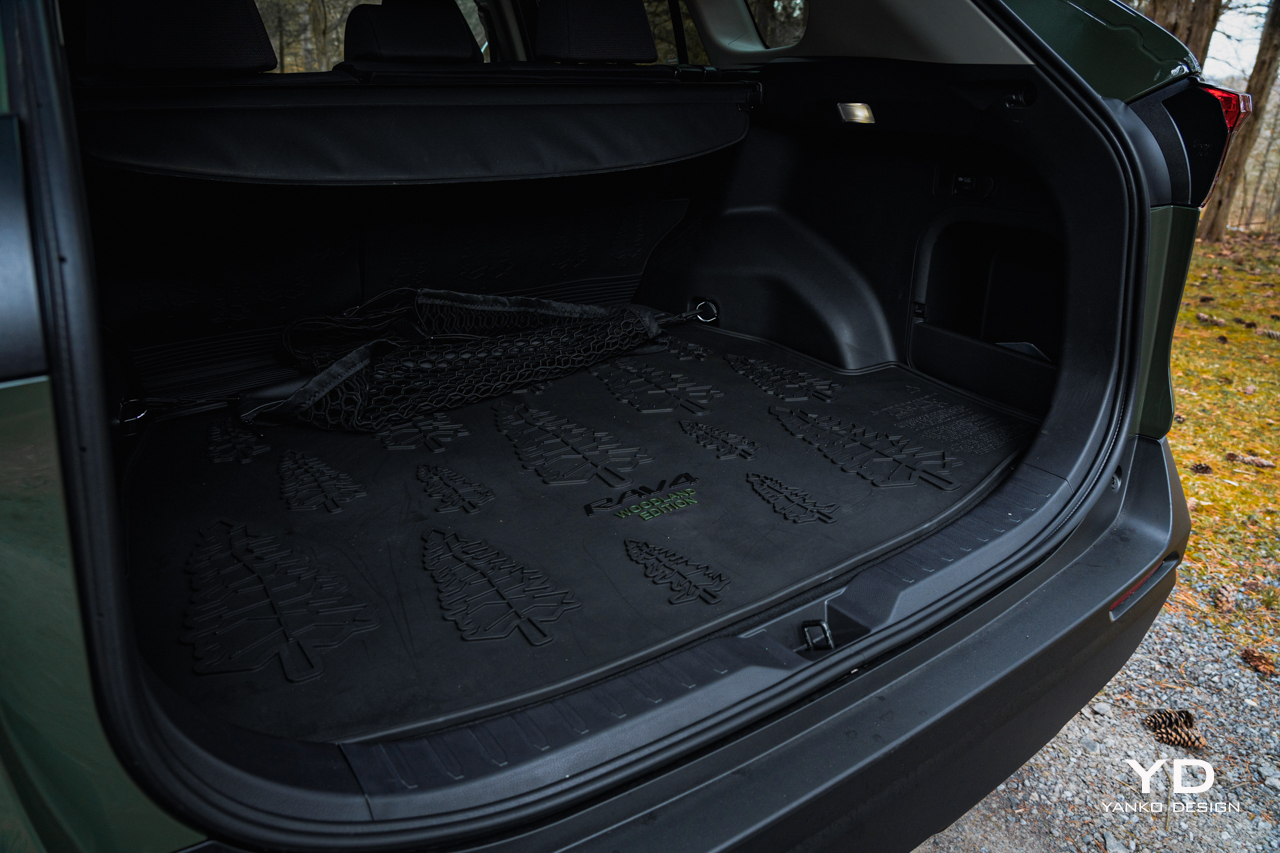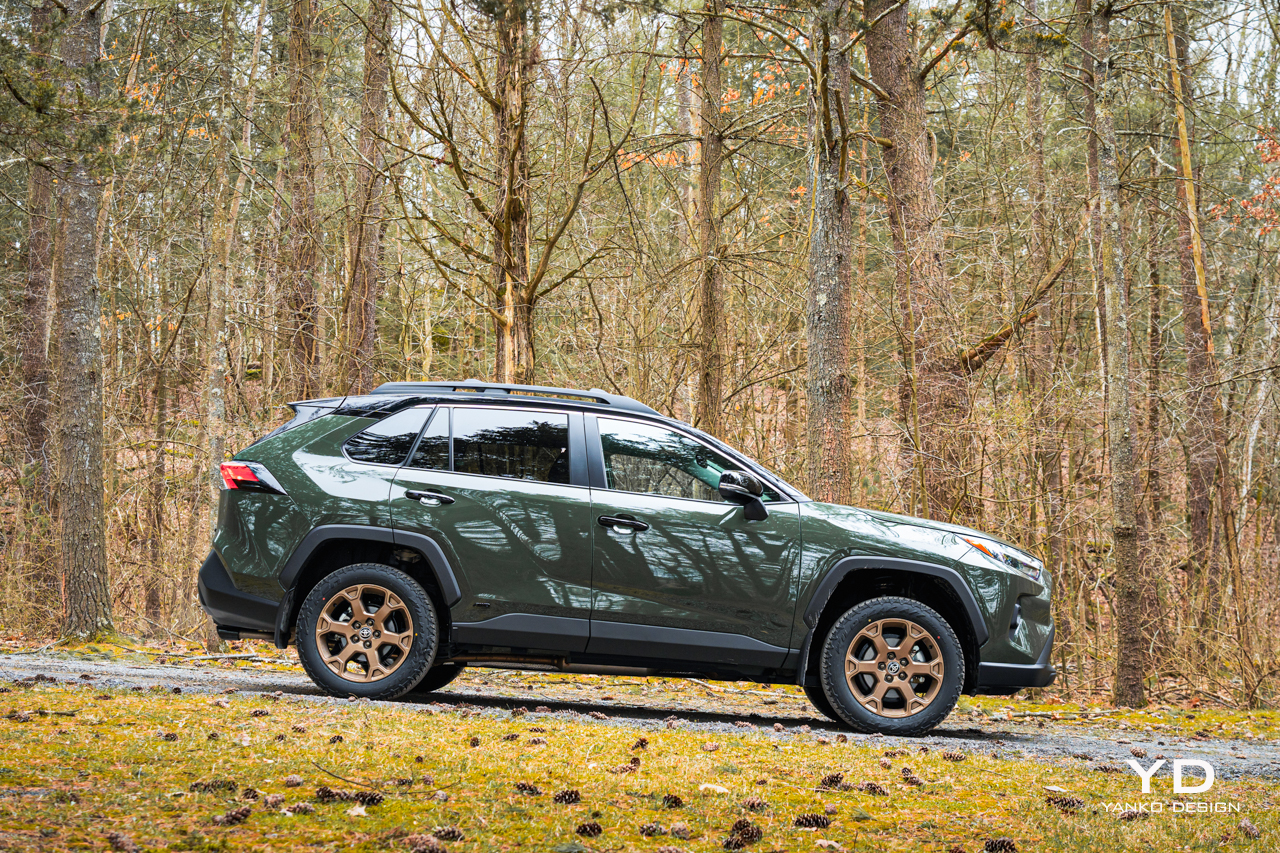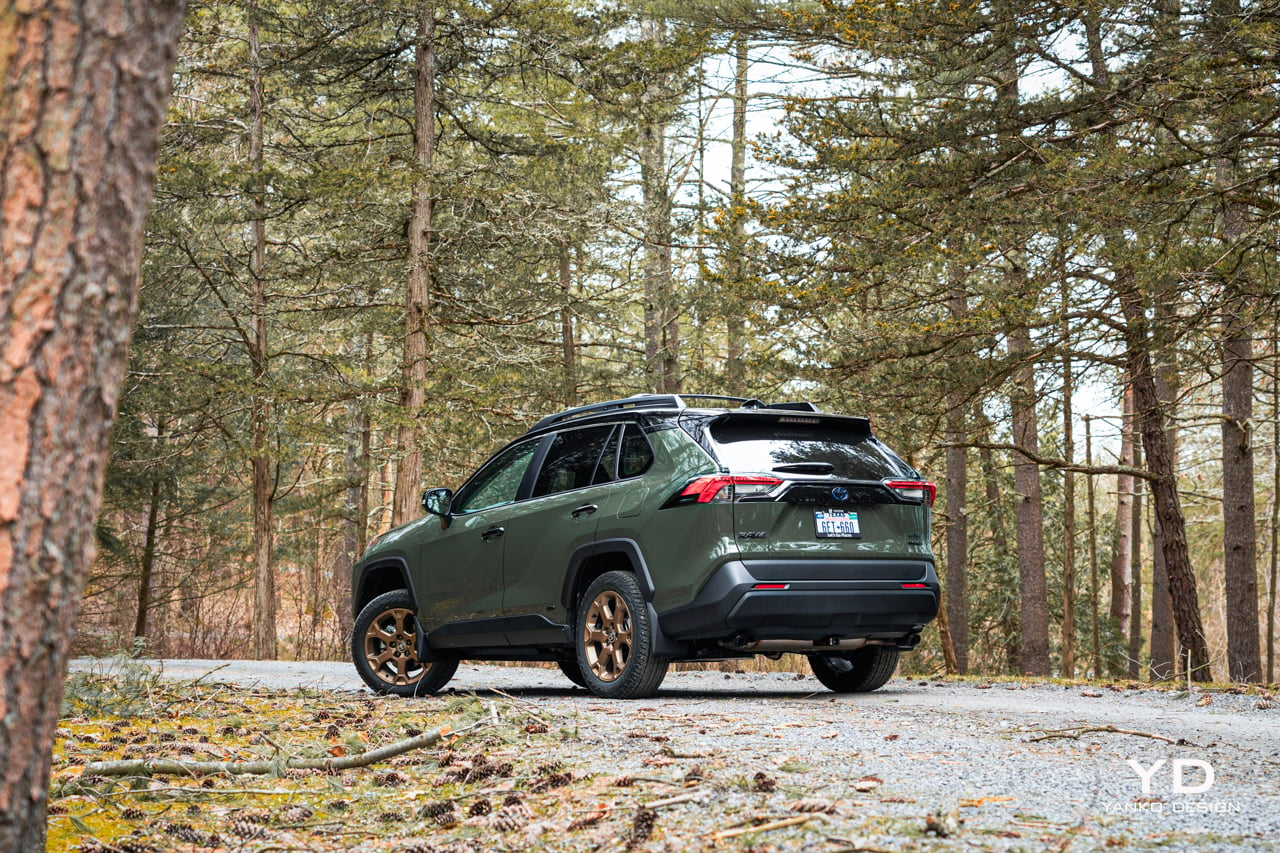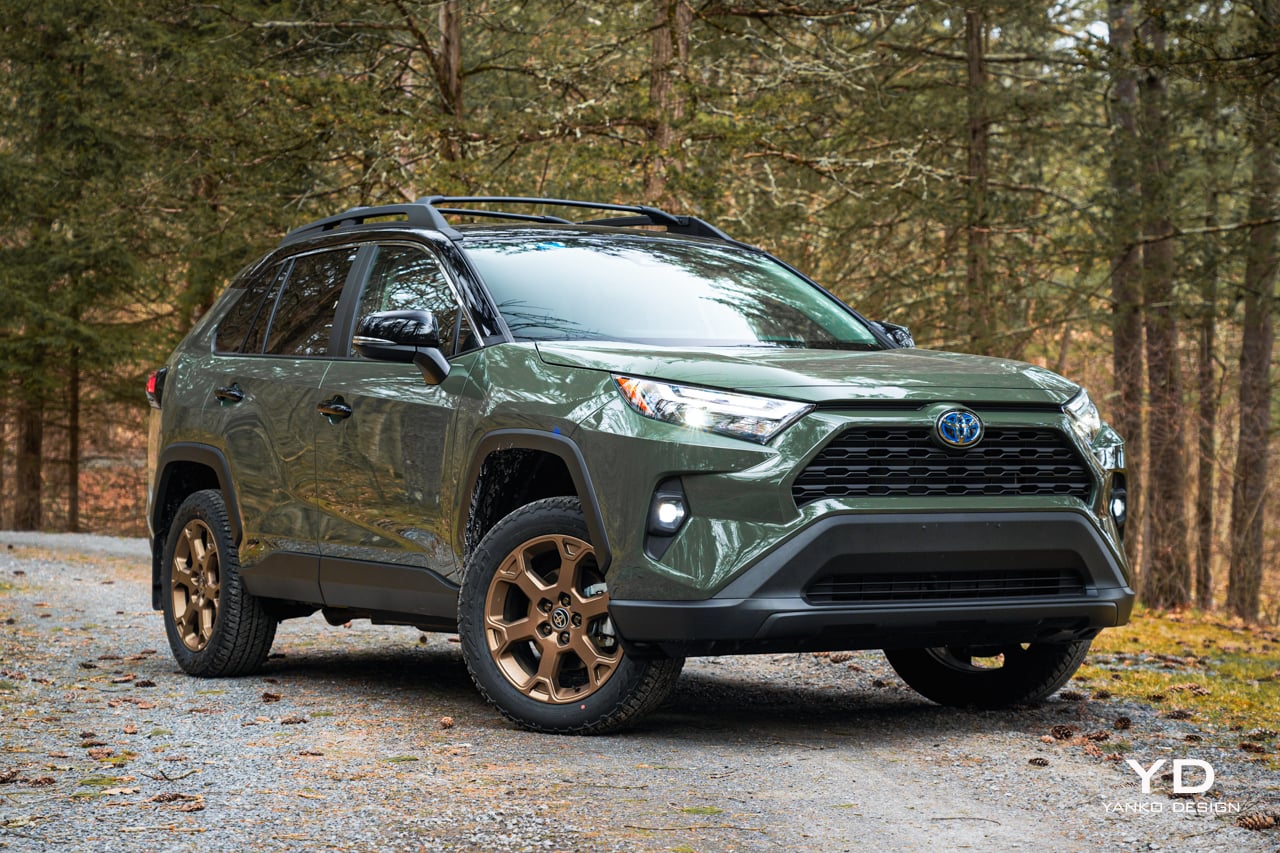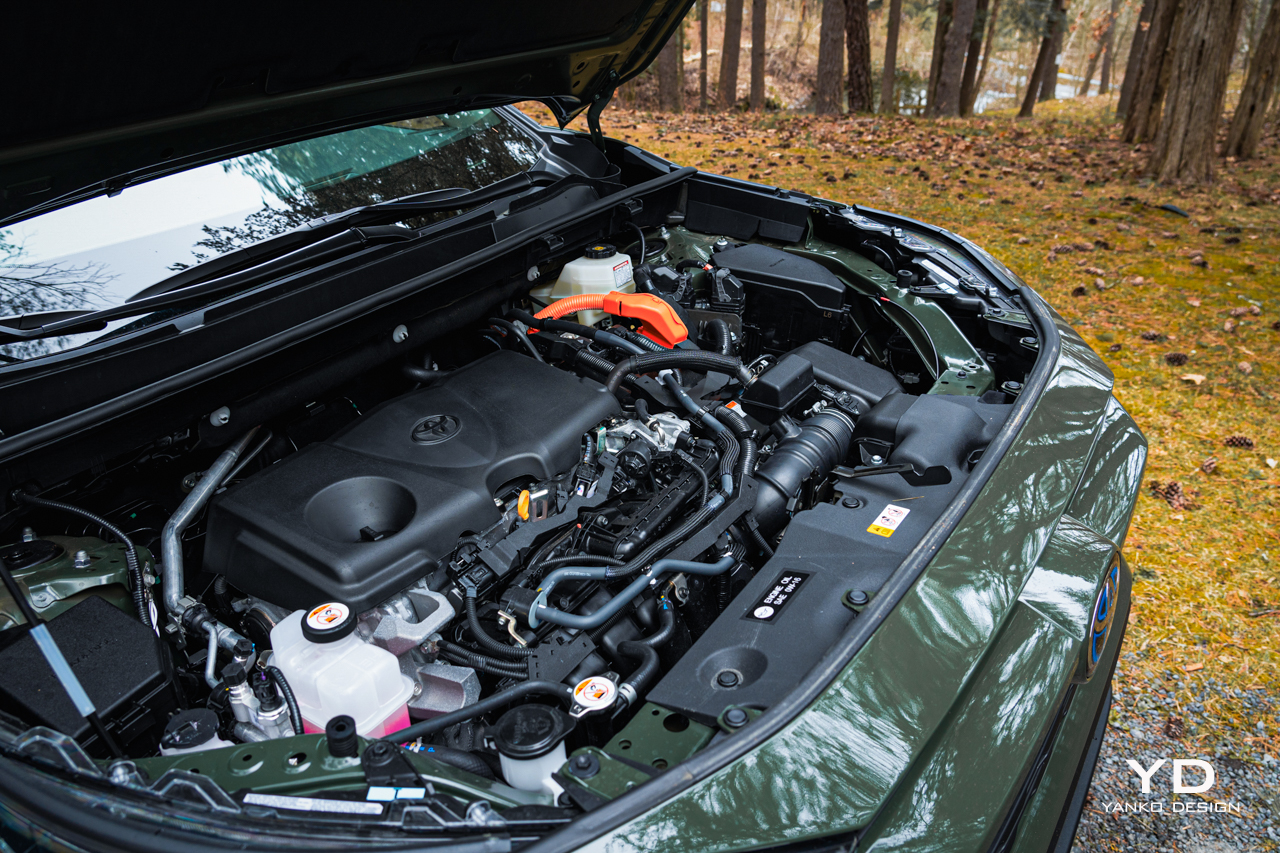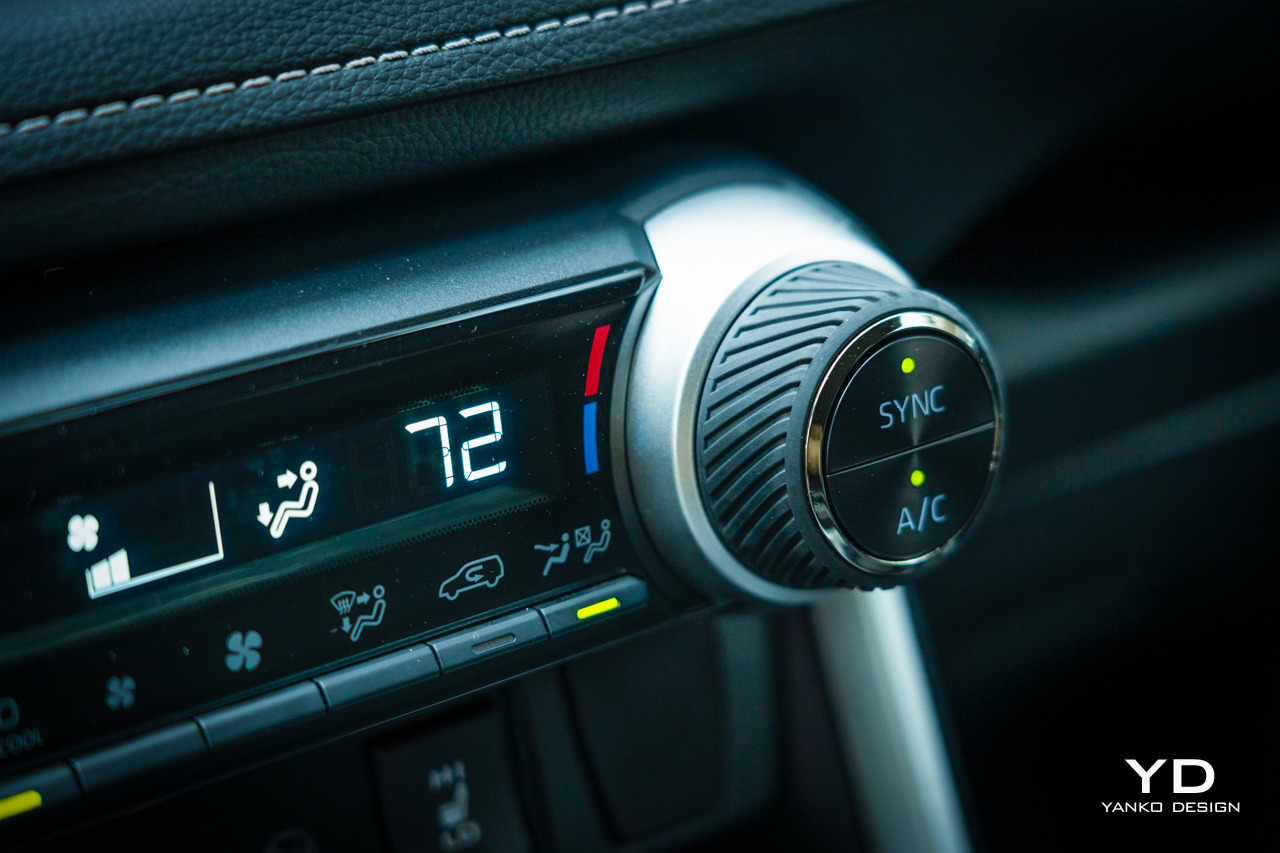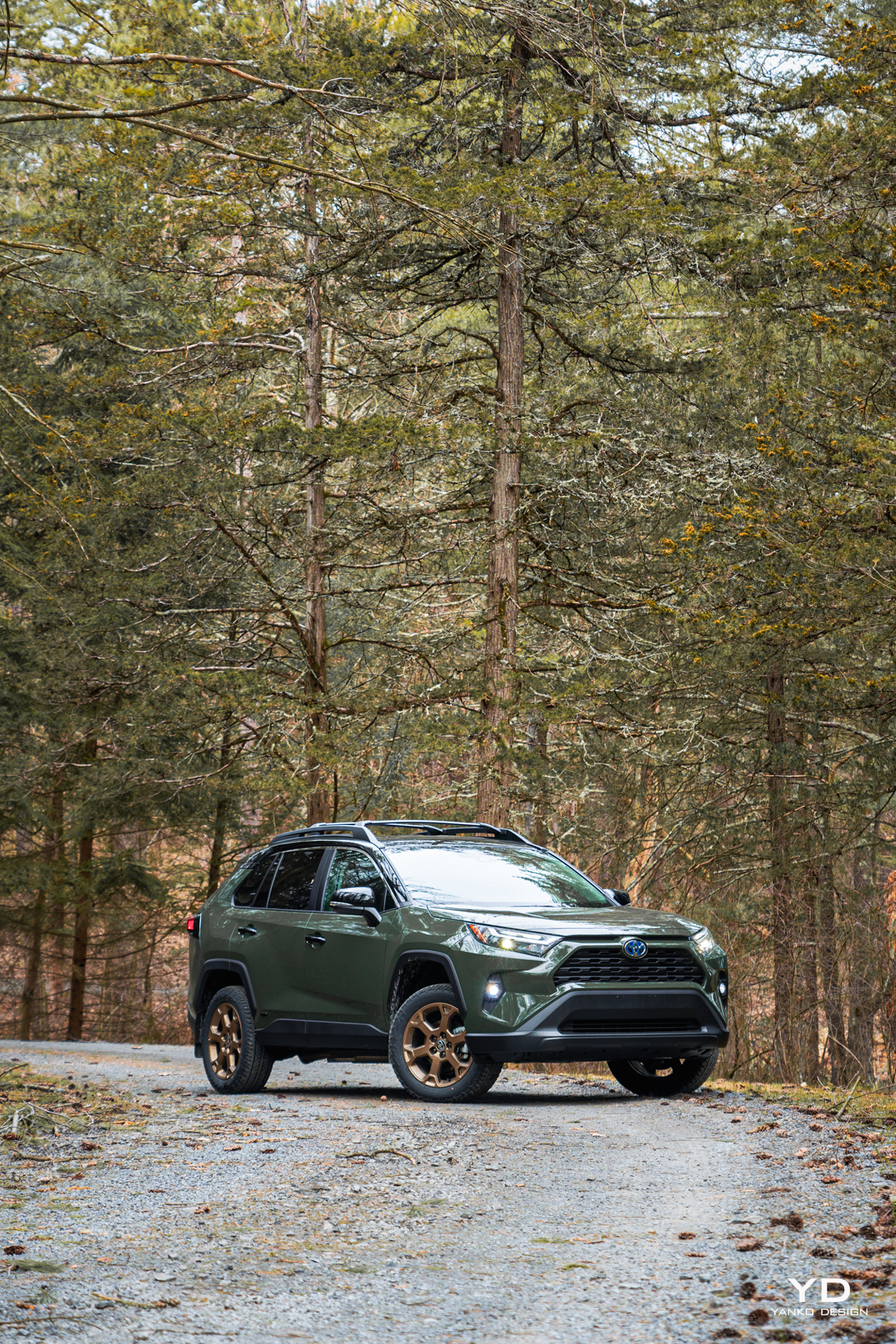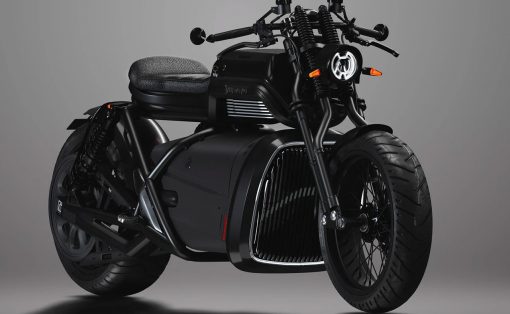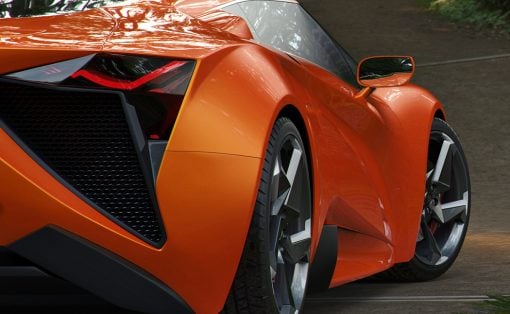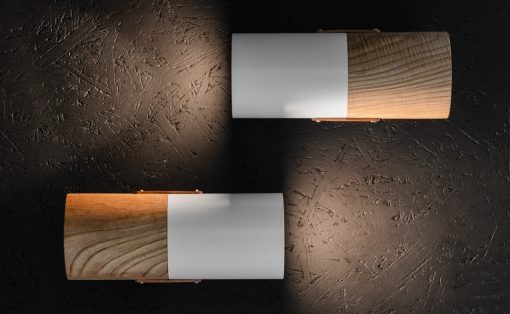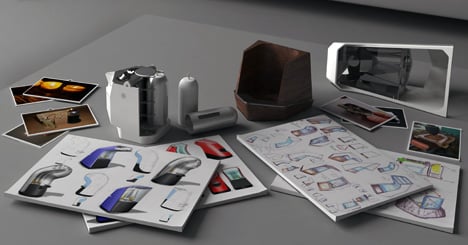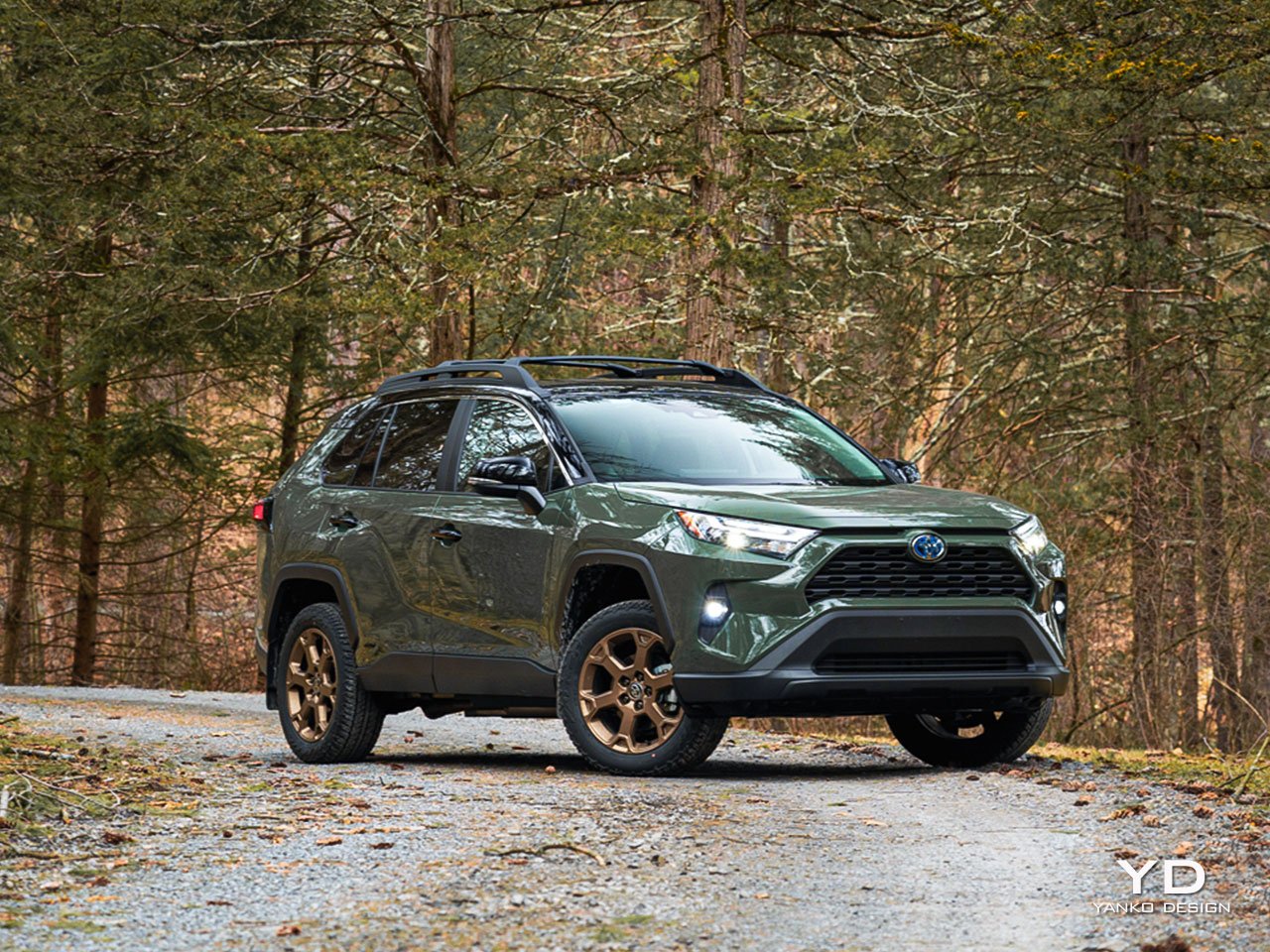
PROS:
- Green and bronze looks great
- Subtly improved off-road capability
- Typical RAV4 utility
CONS:
- Reduced fuel economy
- Worse on-road manners
The auto market is being flooded with semi-rugged, lightly off-road editions of everyday SUVs, and Toyota’s getting in on the game with this. It’s the RAV4 Woodland Edition, a version of its ubiquitous and perpetually popular SUV that looks a little more ready for adventure than its lesser versions.
But is it actually a functional upgrade, and is it worth the roughly $3,000 over a base RAV4 Hybrid LE? That’s what I aimed to find out in my week with this green and gold hybrid.
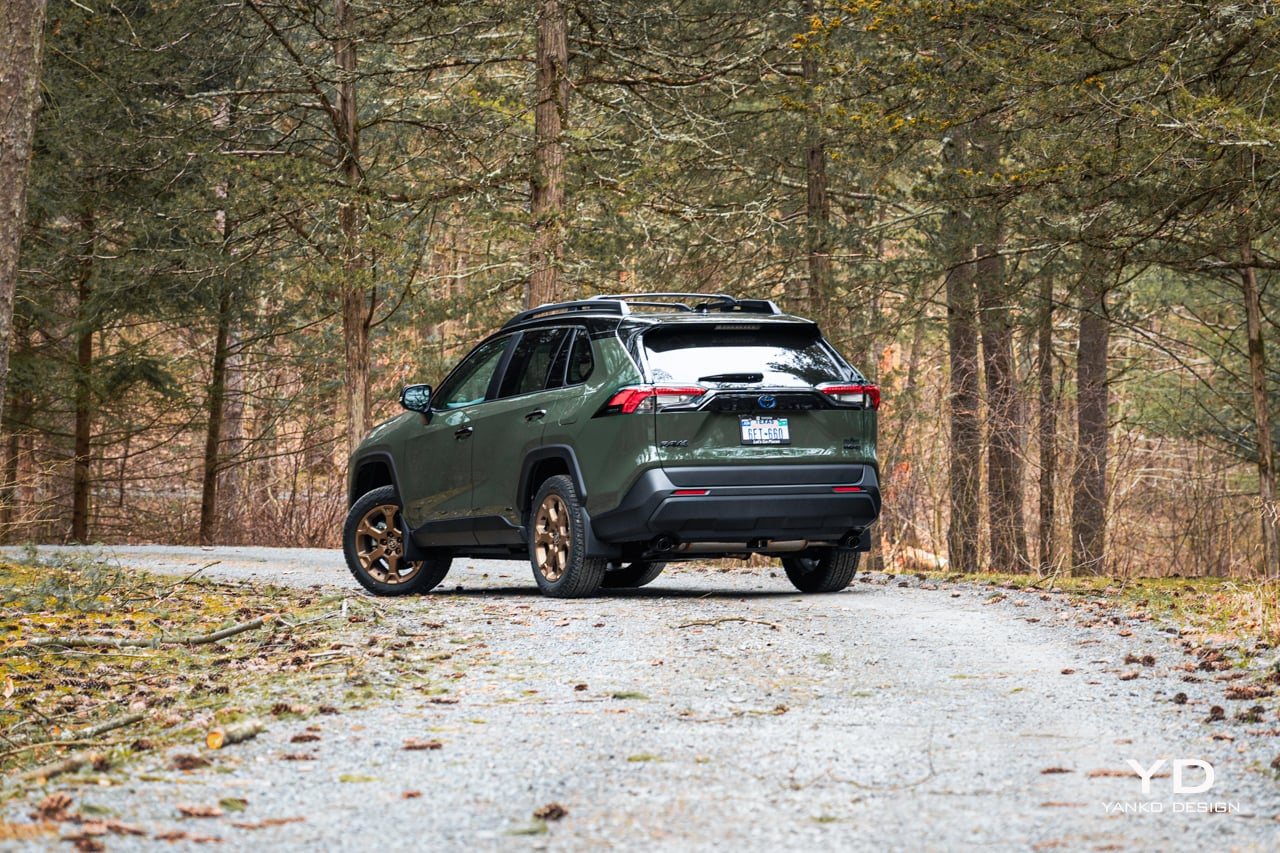
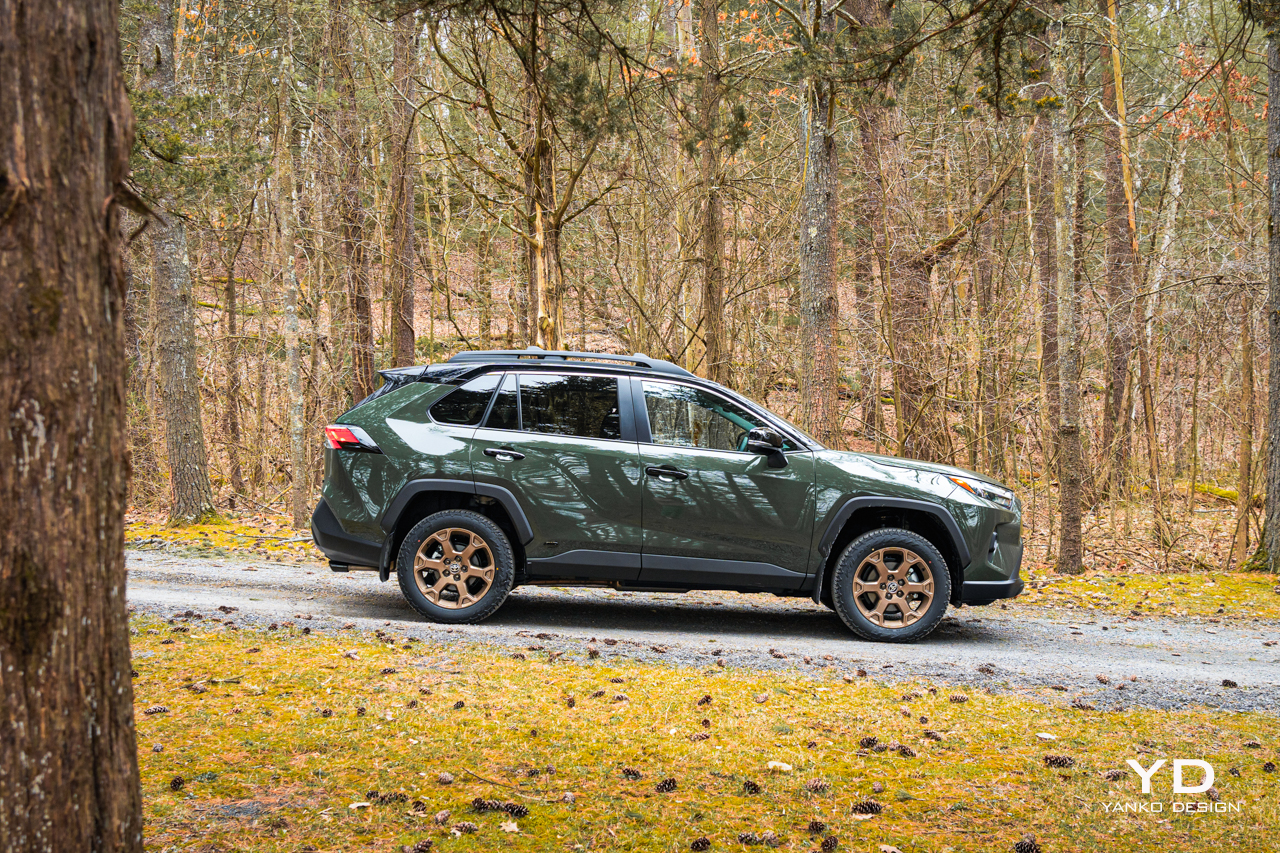
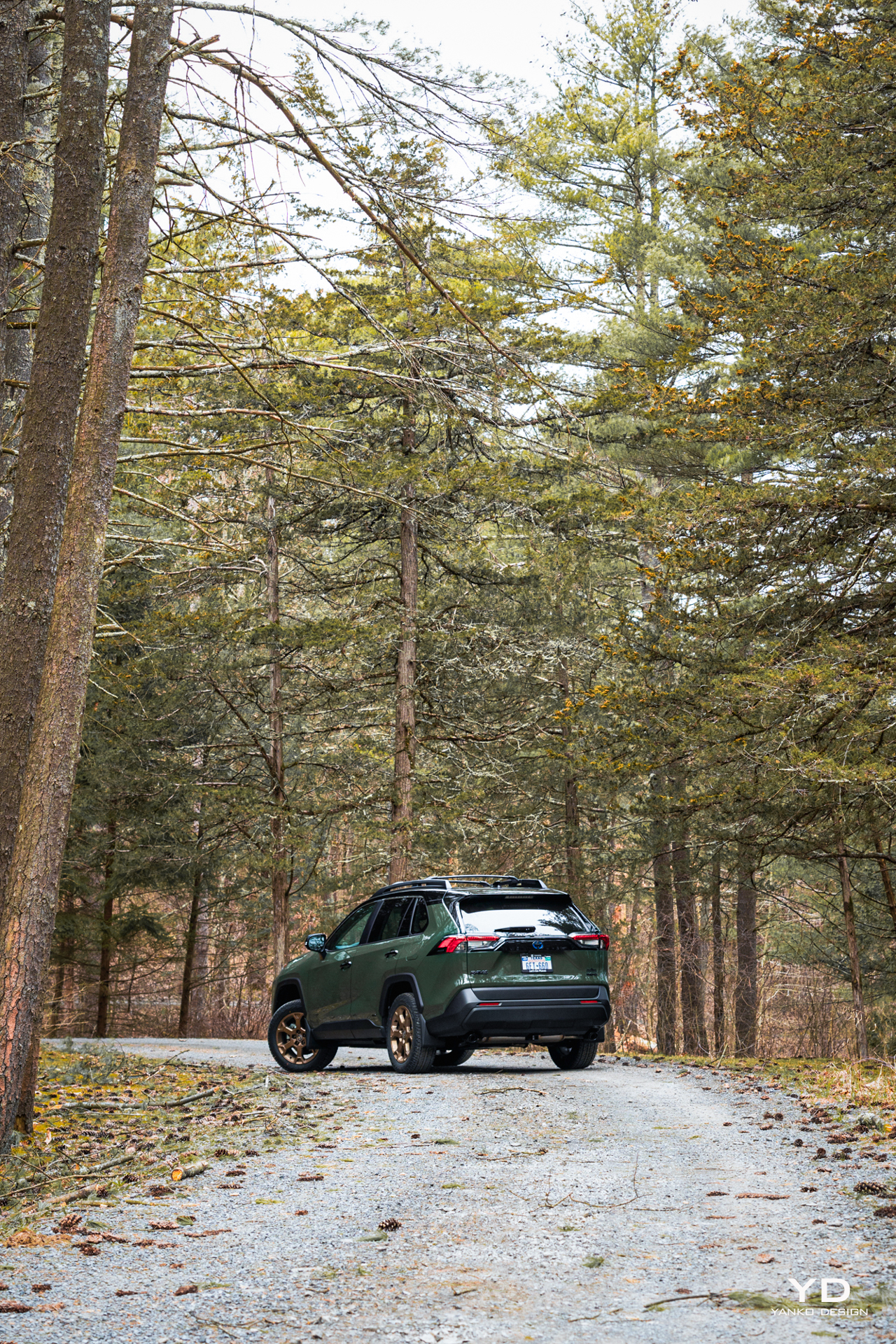
Design
Before we even get into the functional upgrades on the Woodland Edition, I’m tempted to say this flavor of Toyota’s RAV4 SUV is worth the extra cost for the color scheme alone. That color, which Toyota calls Army Green, works remarkably well on this car. It’s not quite a military olive drab in that it definitely has a glossy hue to it, but it’s certainly in the same chromatic family.
Pairing that with a set of satin bronze wheels is an act of genius, resulting in an SUV with far more presence than any of the dozen other RAV4s you’ll likely find in the average parking lot. This is the best color combination available in Toyota’s crossover at the moment, and you can only get it in the Woodland edition.
That said, even the base RAV4 is not a bad-looking machine. Though its facelift is getting a bit familiar at this point, its angular styling cues and the dramatic, downward sweep of the lines running from the rear fenders all the way to the front grille give it an active stance that works perfectly with the attitude of the Woodland Edition.
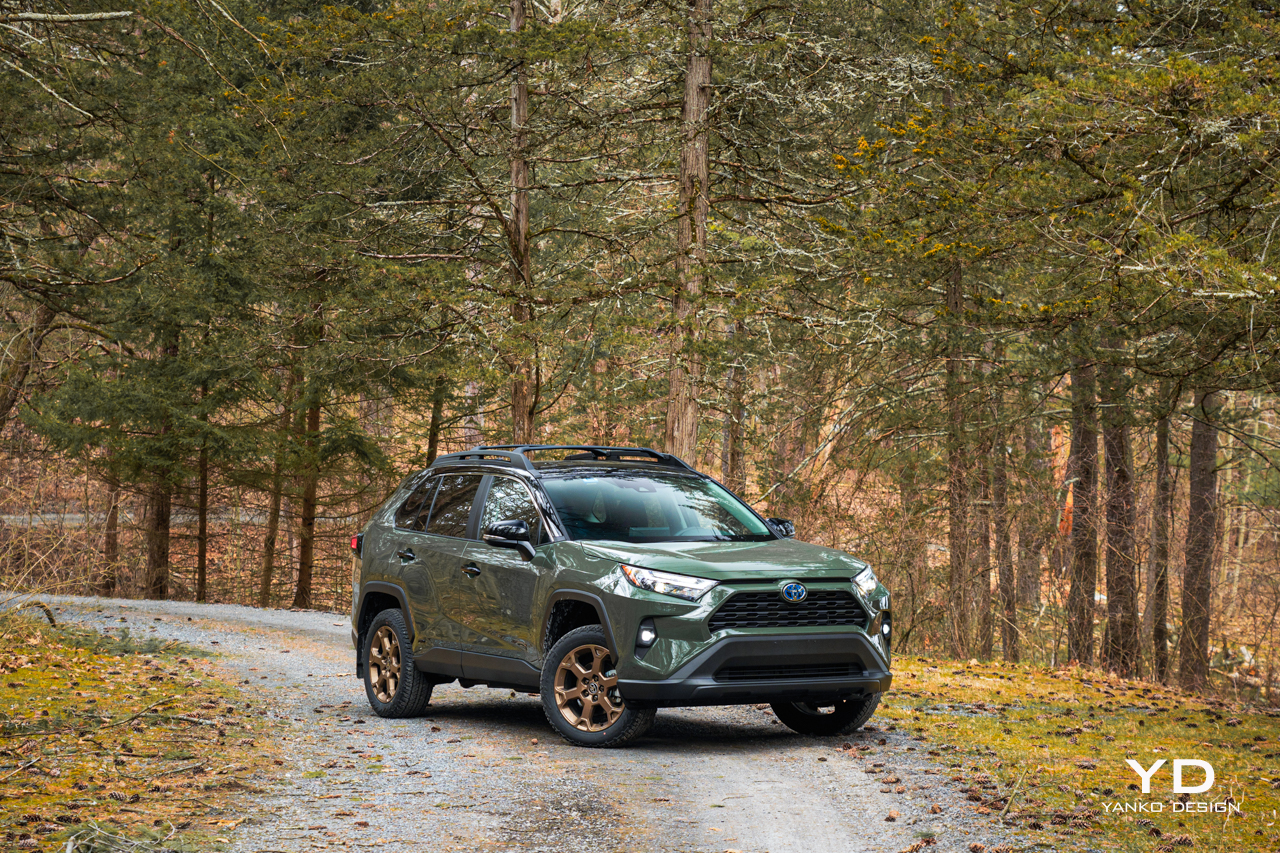
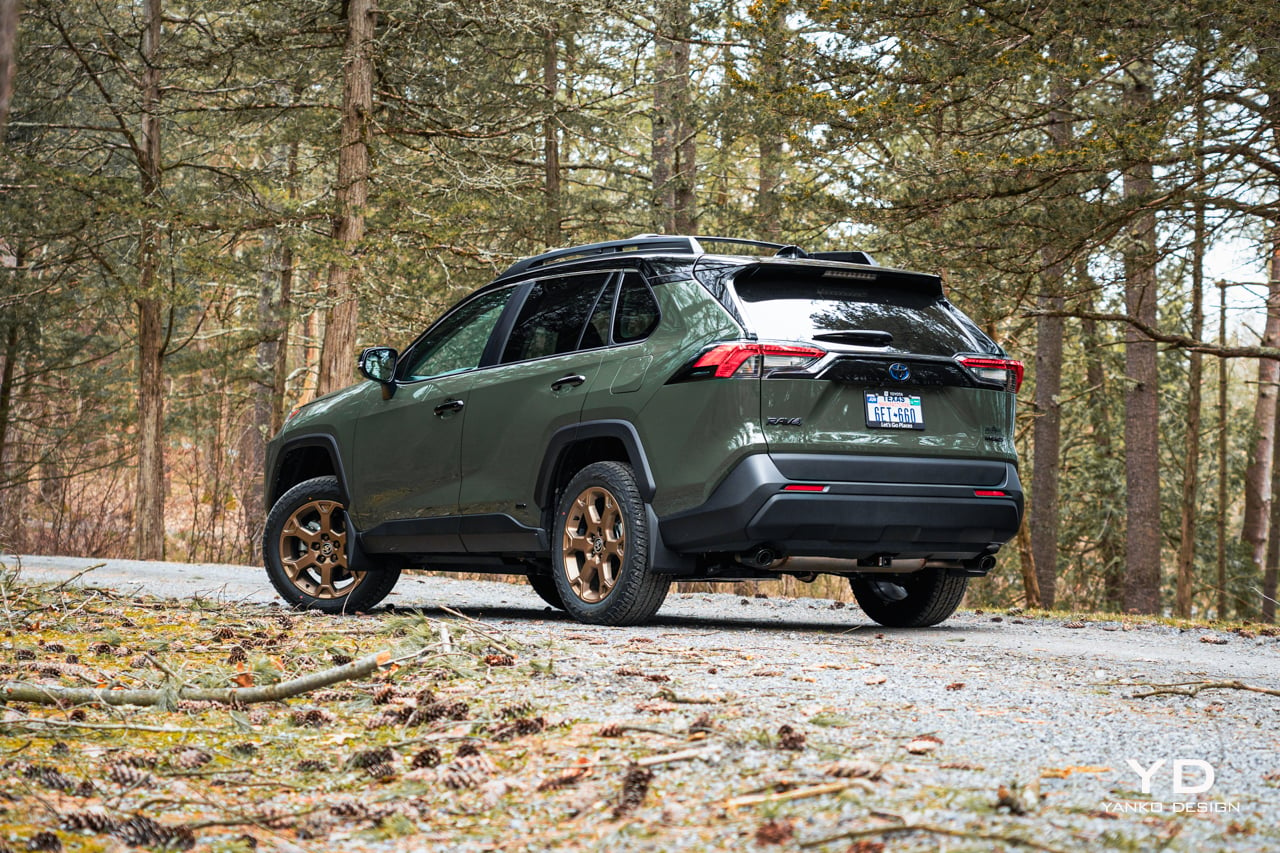
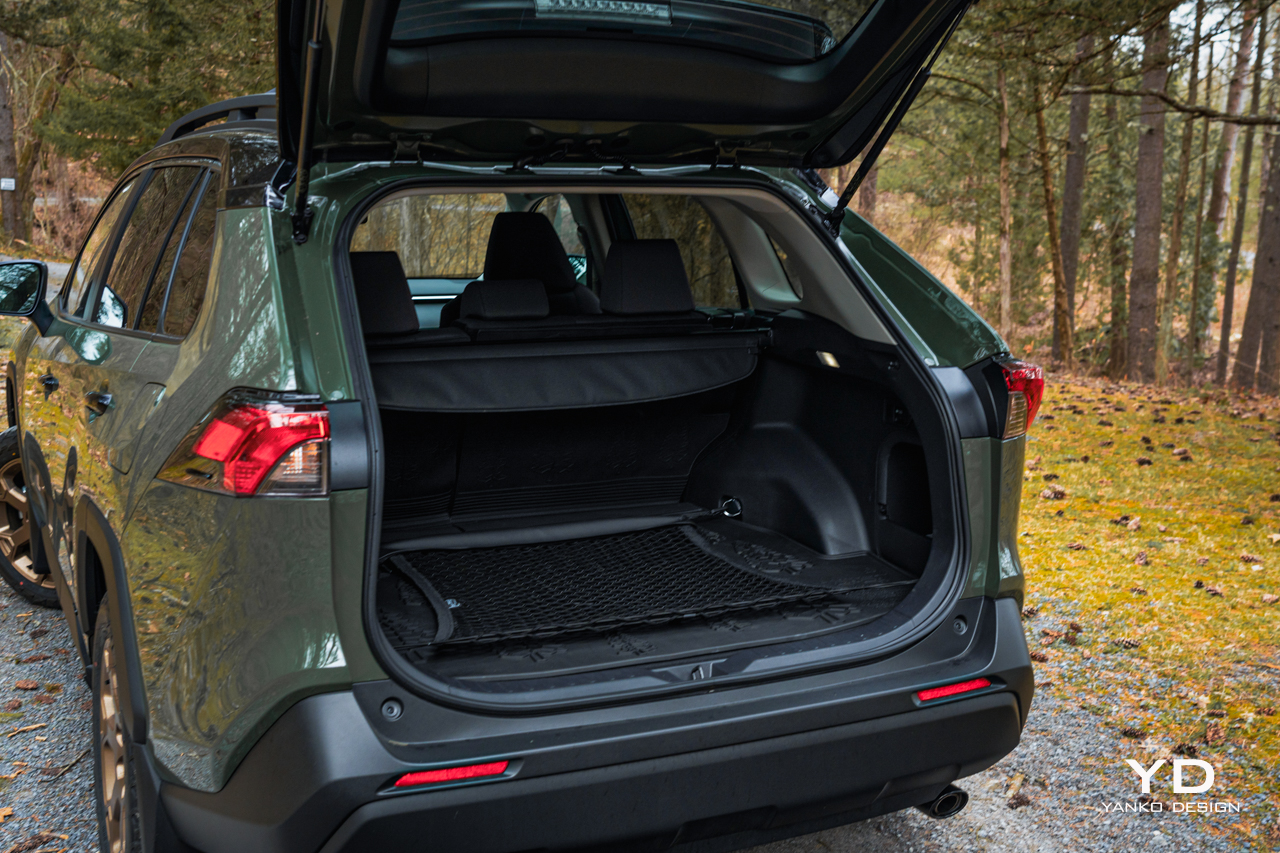
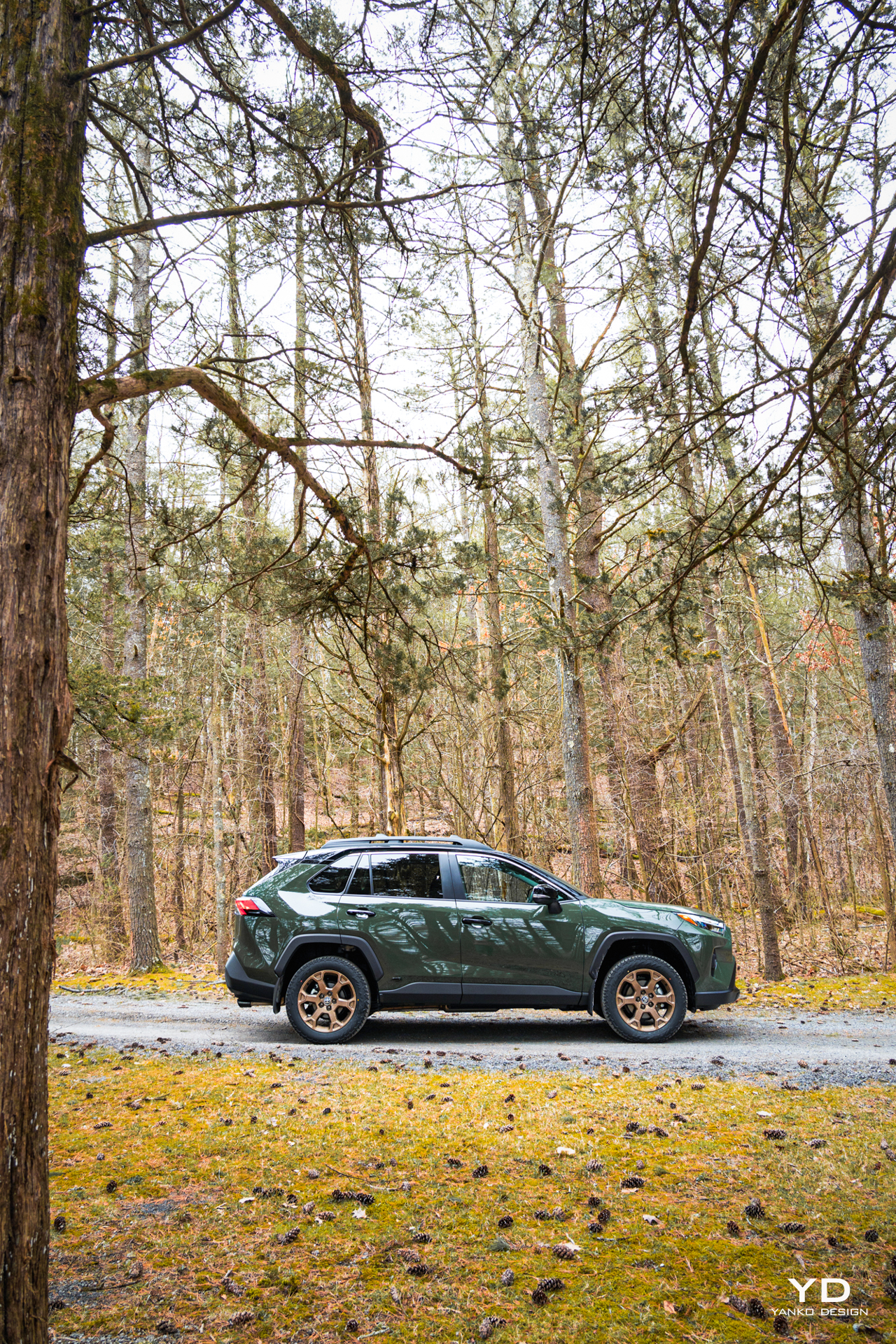
Pick the Woodland, and you get the roof rack with rails standard, plus those 18-inch wheels and the all-terrain tires they’re covered in.
Things are less dramatic on the inside. Where that green and cold combo dominates your view as you approach, the only special touches on the inside are on the floor: a set of all-weather floor mats with Woodland Edition embossed on them, plus a few pine trees emblems. Those mats provide a functional upgrade for sure, but hardly a striking one visually.
The rest of the interior is standard stuff, thoughtfully laid out and featuring durable materials, but not much to look at. The RAV4 seats five maximum, with rear seats ample for two but only passable for three passengers. A separate heating vent plus a pair of USB-C ports are the only creature comforts available to those in the back.
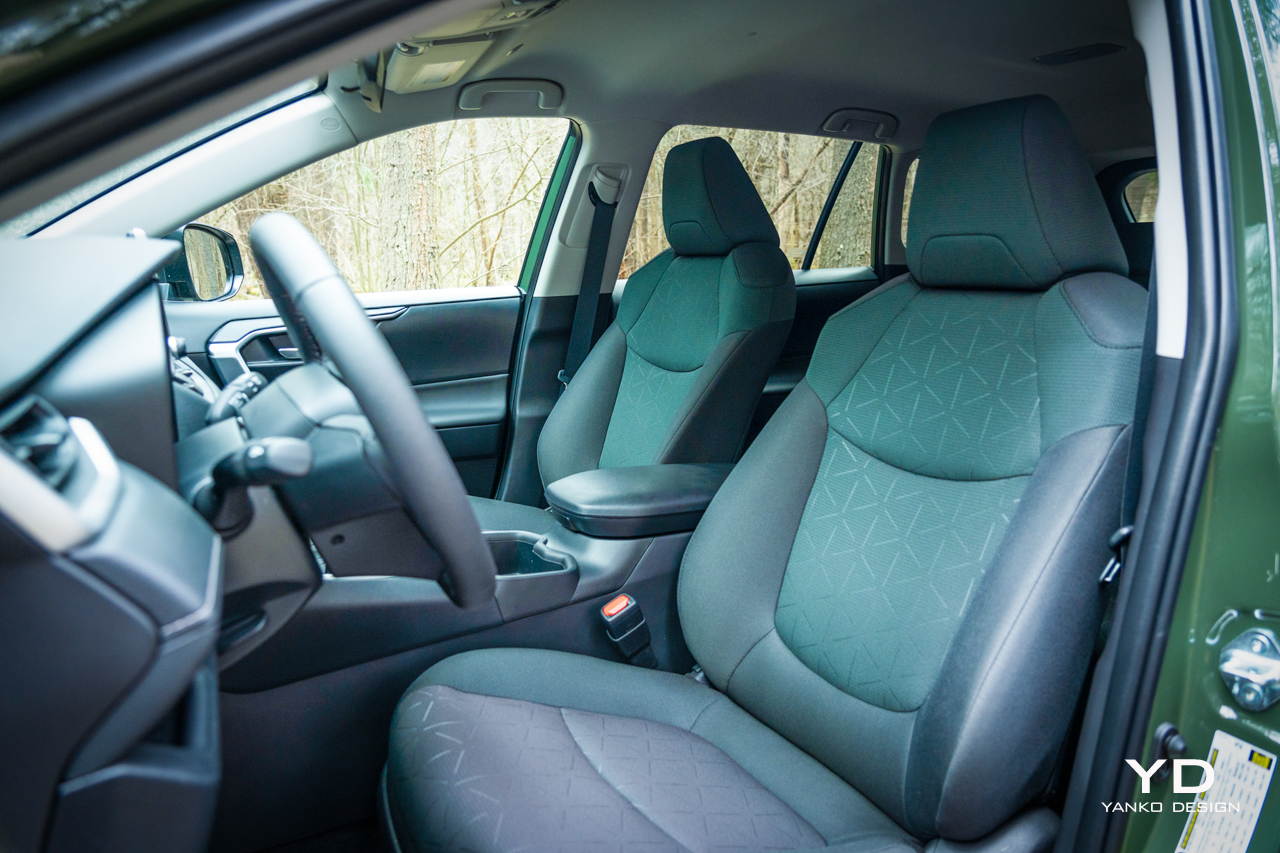
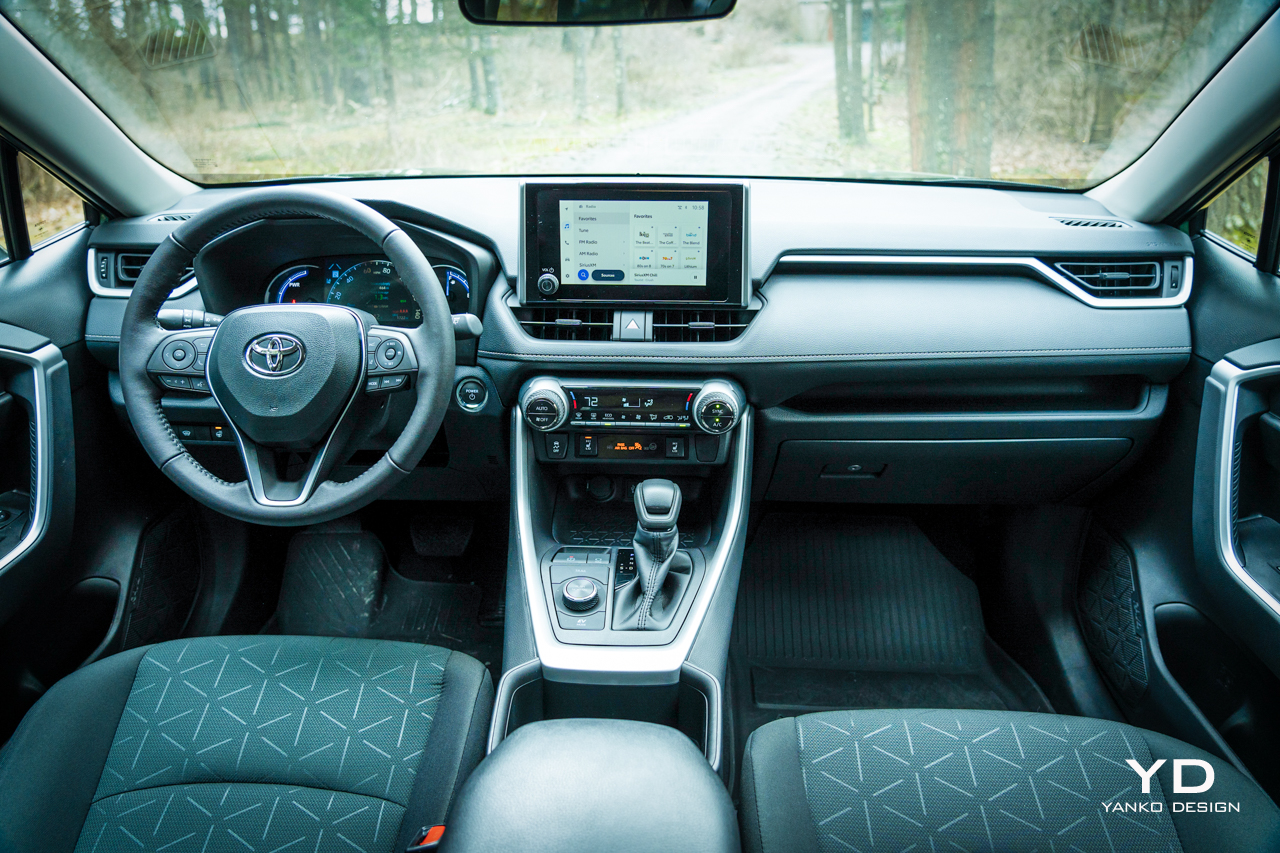
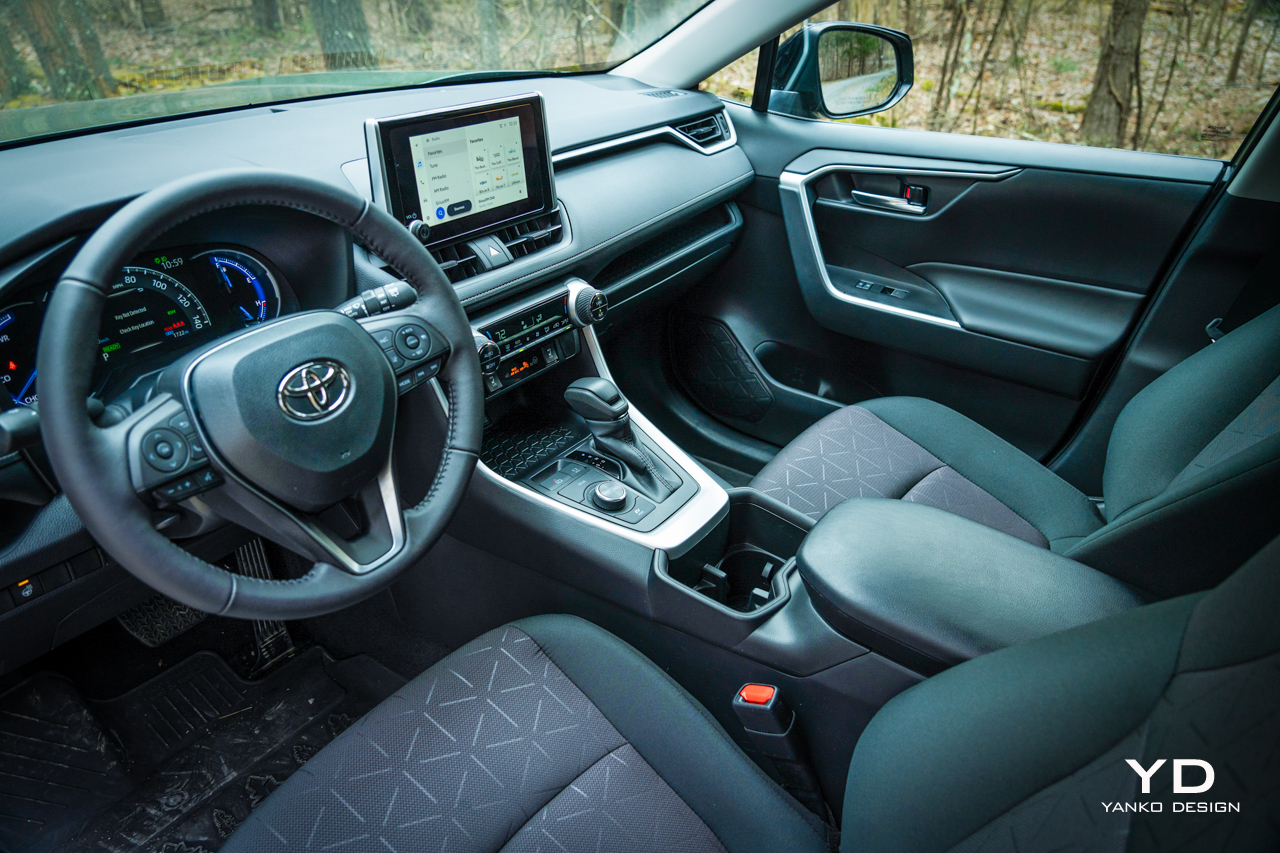
The two front seats feature prodigious heating, toggled with chunky physical switches that stay in whatever position you left them last.So, if you’re the sort who wants a perpetually warm backside, you won’t have to reach for that button every time you start up this SUV. The steering wheel heating is less effective, but it too at least stays enabled between car starts.
Seat upholstery is of a basic fabric embossed with a geometric pattern that adds just a bit of visual appeal to an otherwise dark interior, though the light headliner helps. The dashboard, door cards, and center console are a mixture of leather-textured black vinyl and hard black plastics, with a few slashes and hints of matte silver plastic throughout.
Again, it’s not much to look at on the inside, but the numerous pockets and storage compartments leave ample opportunity for stashing stuff, while the cargo net out back in the hatch ensures that whatever you put in the 37.6 cubic feet of cargo space will stay put. The rear seats fold down with a 60/40 split, expanding that cargo volume to 69.8.
Other than those seat heaters, tactile controls are limited to the HVAC system, which features some oversized, chunky knobs that are a pleasure to spin. There’s a smaller volume knob as well and a small knob for cycling between Eco and Sport modes, but that’s about it.
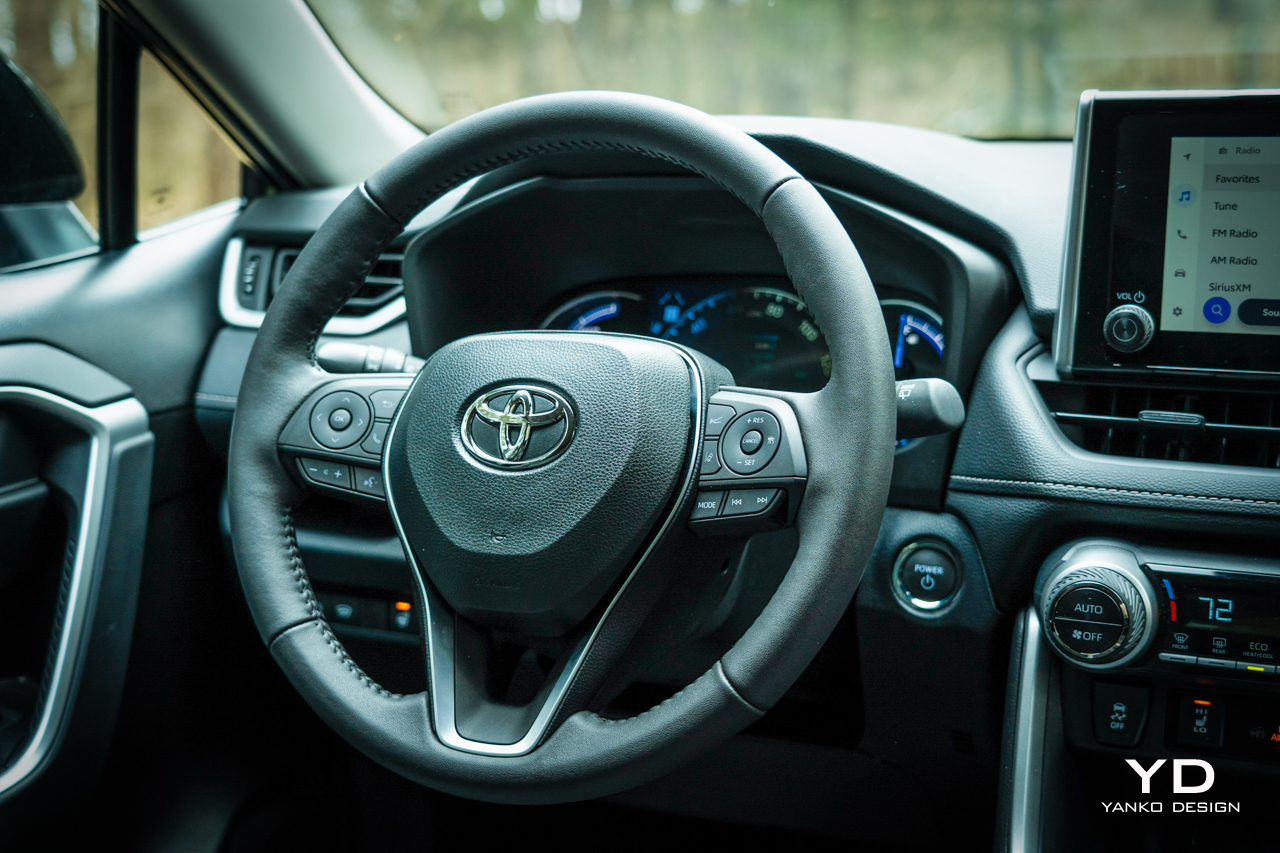
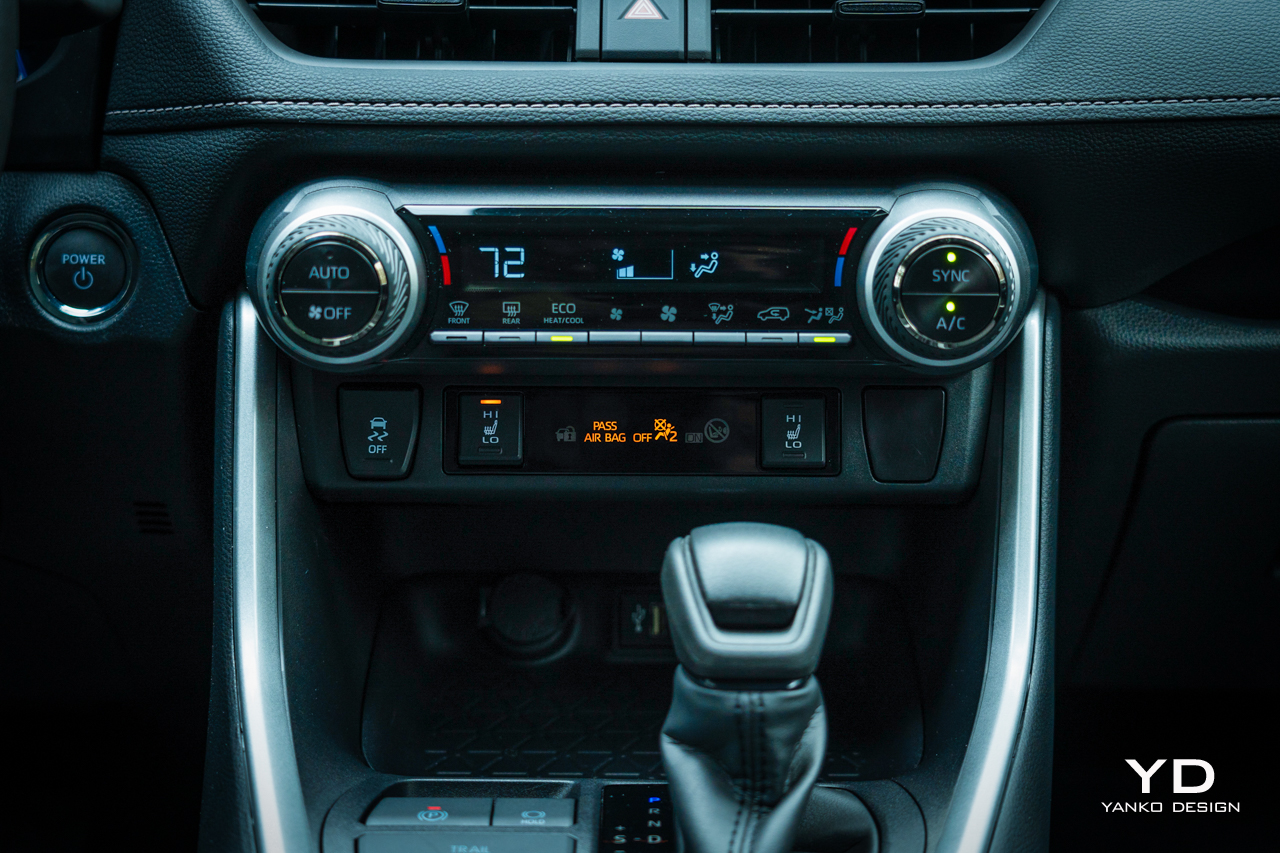
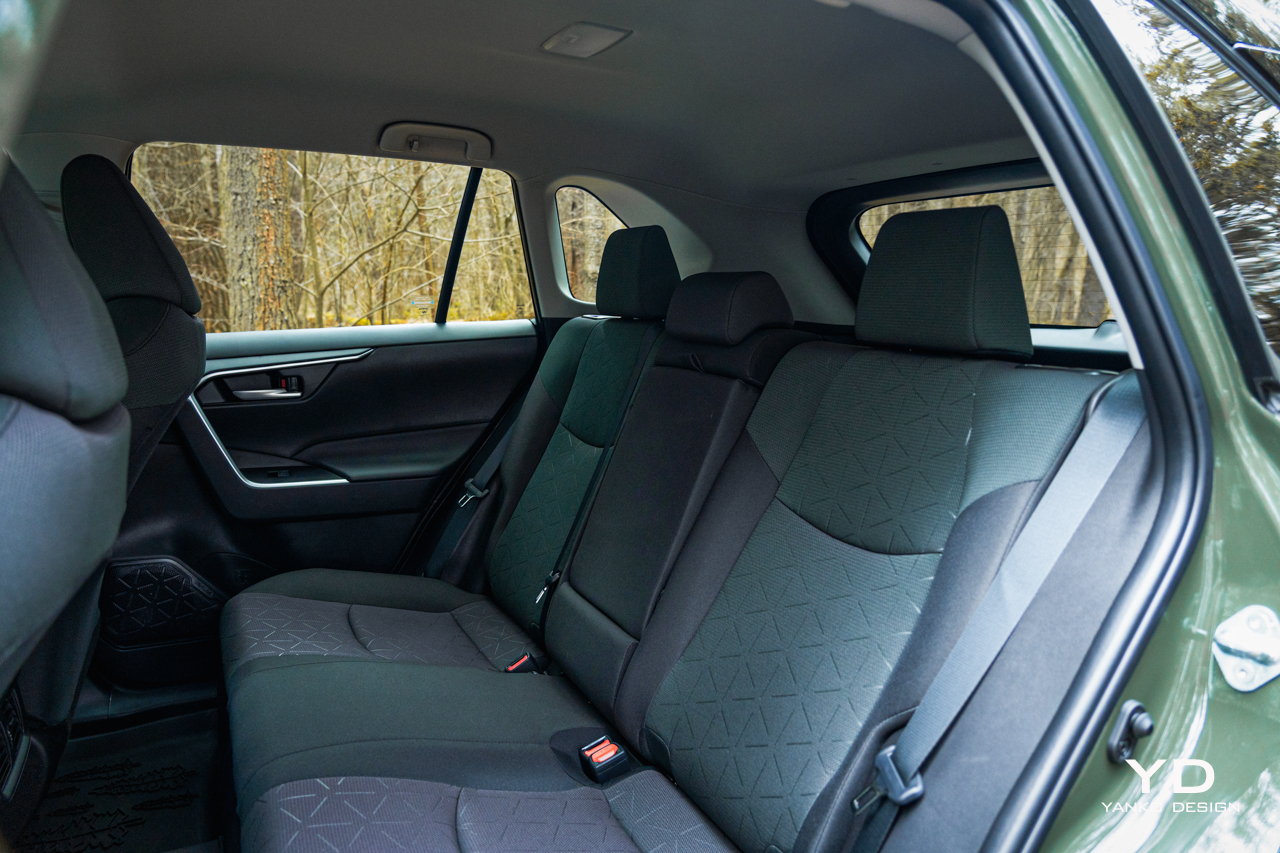
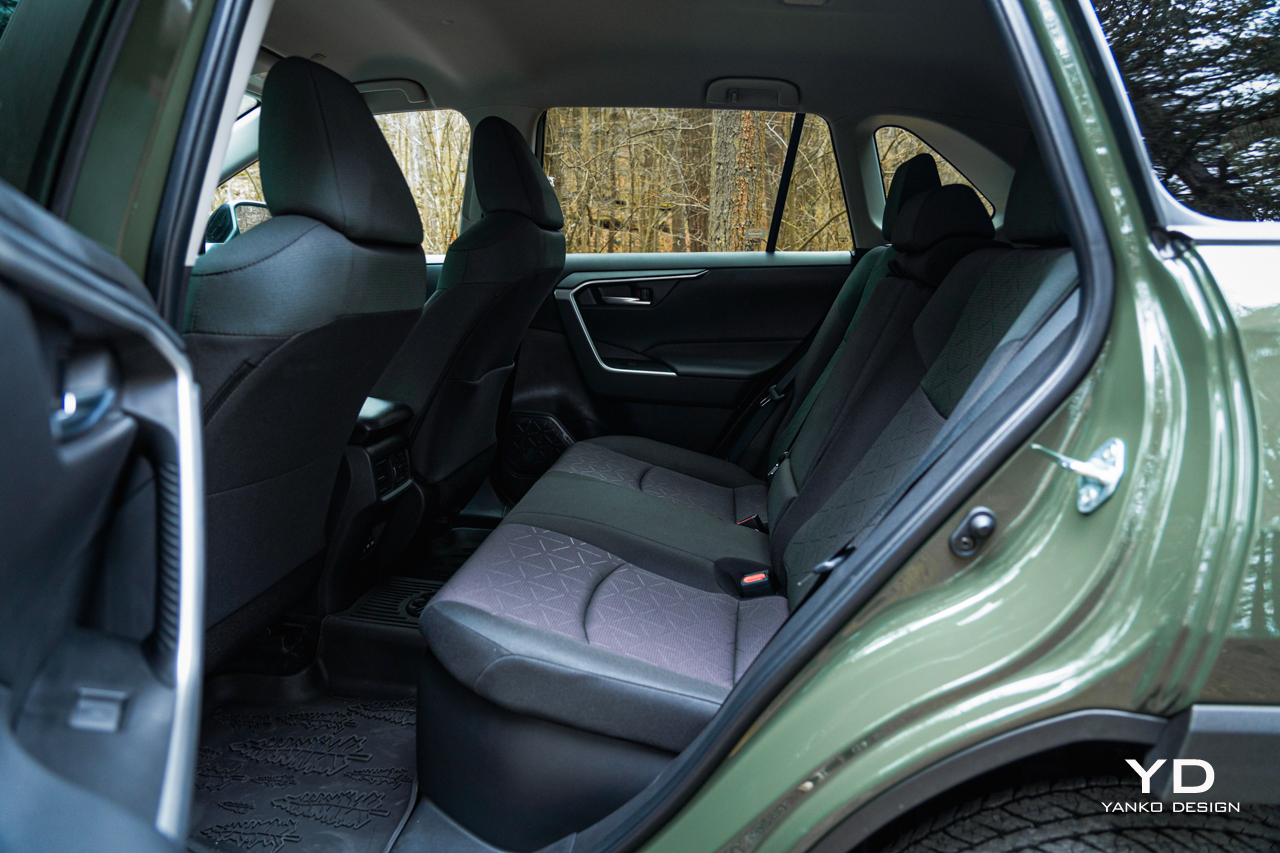
Software and safety
Most interior controls are available through the eight-inch touchscreen running Toyota’s Drive Connect system, which offers integrated navigation and a voice assistant. Android Auto and Apple CarPlay are also available, which I found to be a far more appealing option.
The gauge cluster features a series of traditional analog gauges with a digital, virtual gauge system in the center. This display is customizable to cycle through a series of vehicle settings, parameters, or navigation prompts if you like. There’s nothing particularly notable here, but it’s all perfectly functional.
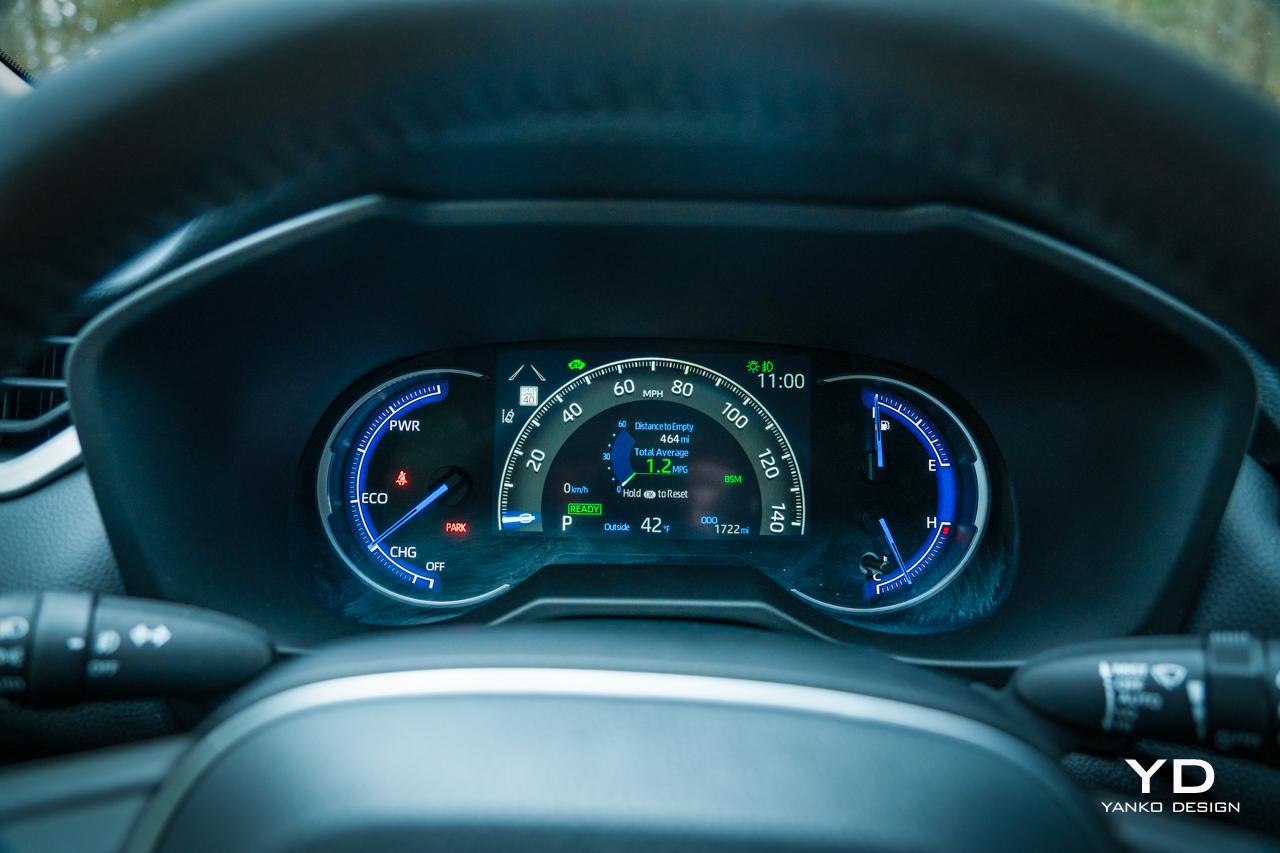
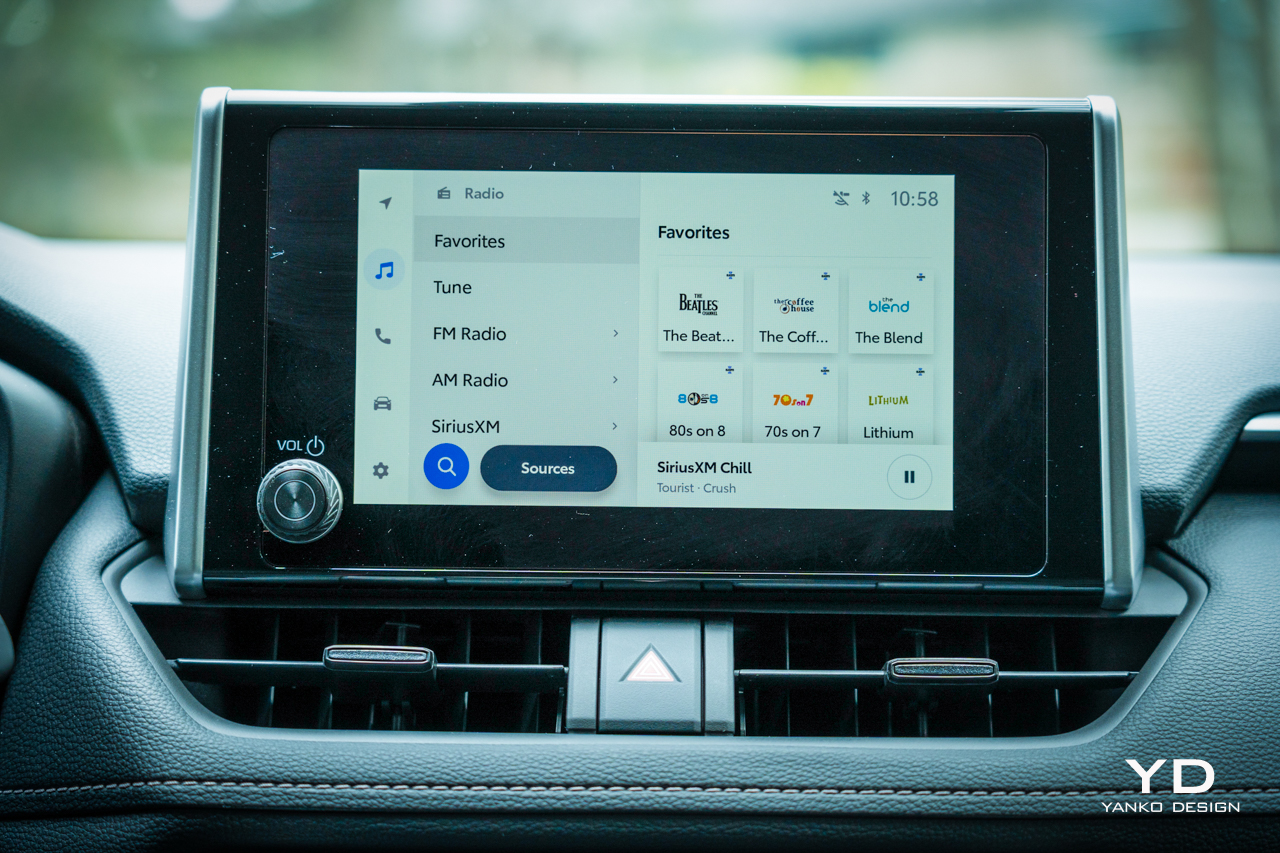
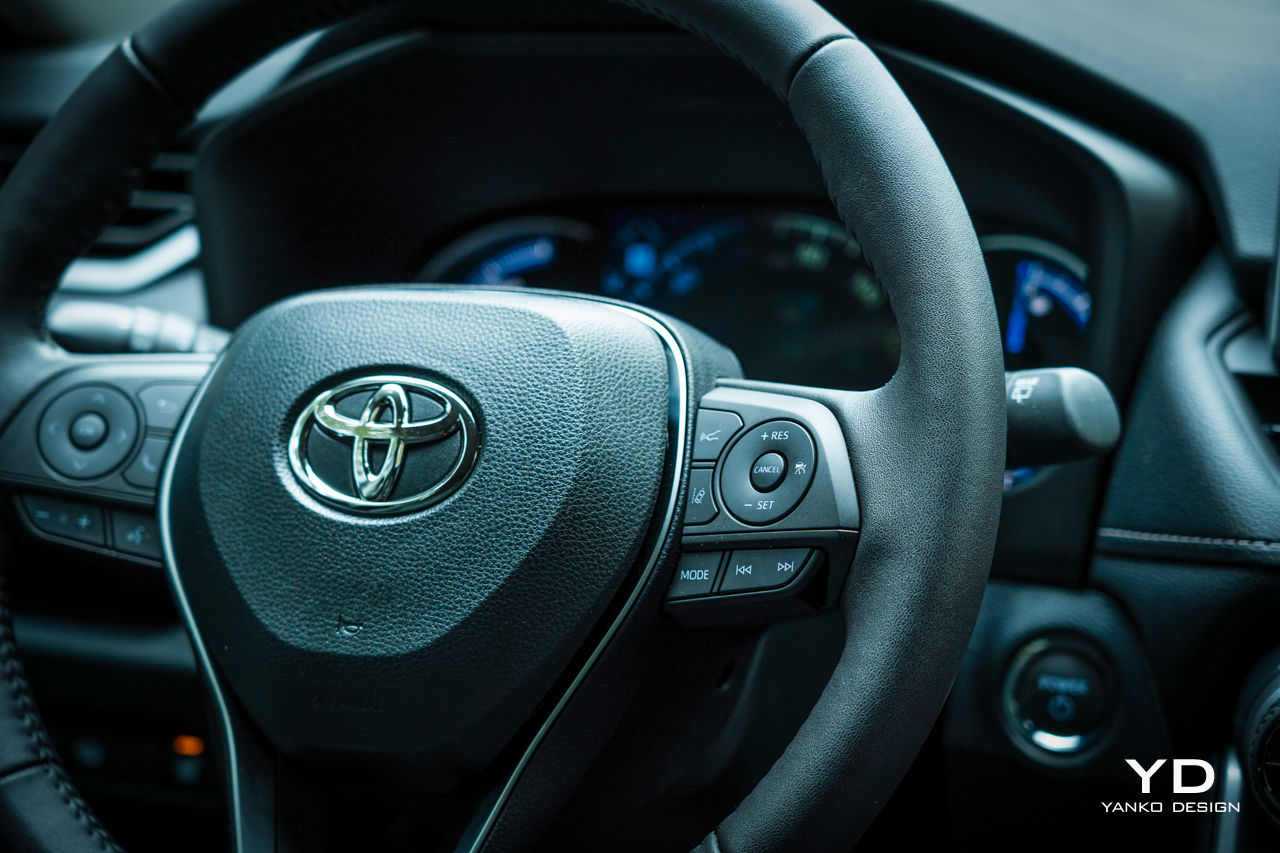
In terms of active safety, the Woodland Edition features Toyota’s Safety Sense 2.5 system, which includes features like automatic emergency braking with pedestrian detection, roadside sign detection, lane-keep assist, and adaptive cruise control. The adaptive cruise worked well, but the lane-keep assist was a little less reliable in my testing. It often struggled to detect road markings and only made very late, very indistinct corrections to keep the car centered.
On (and off) the road
The RAV4 is a simple, pleasant SUV to drive in most situations. The Woodland Edition doesn’t do much to change that formula, but it does add just a hint of additional capability. The suspension in this version has been retuned, slightly stiffer with up-rated bump stops, capable of handling the trails that Toyota apparently thinks people will be hitting in this thing.
Additionally, there’s a Trail drive mode, which Toyota says helps to maximize grip, but in my testing in slippery conditions, I couldn’t detect any difference. The front wheels always seemed to break loose first and most significantly before the rears got much in the way of power from the hybrid system out back.
The Woodland Edition’s biggest change, regardless, is what it rolls on. 18-inch Falken Wildpeak A/T Trail tires have been mounted on all four corners, far chunkier and more aggressive than the usual all-seasons found fitted on the RAV4.
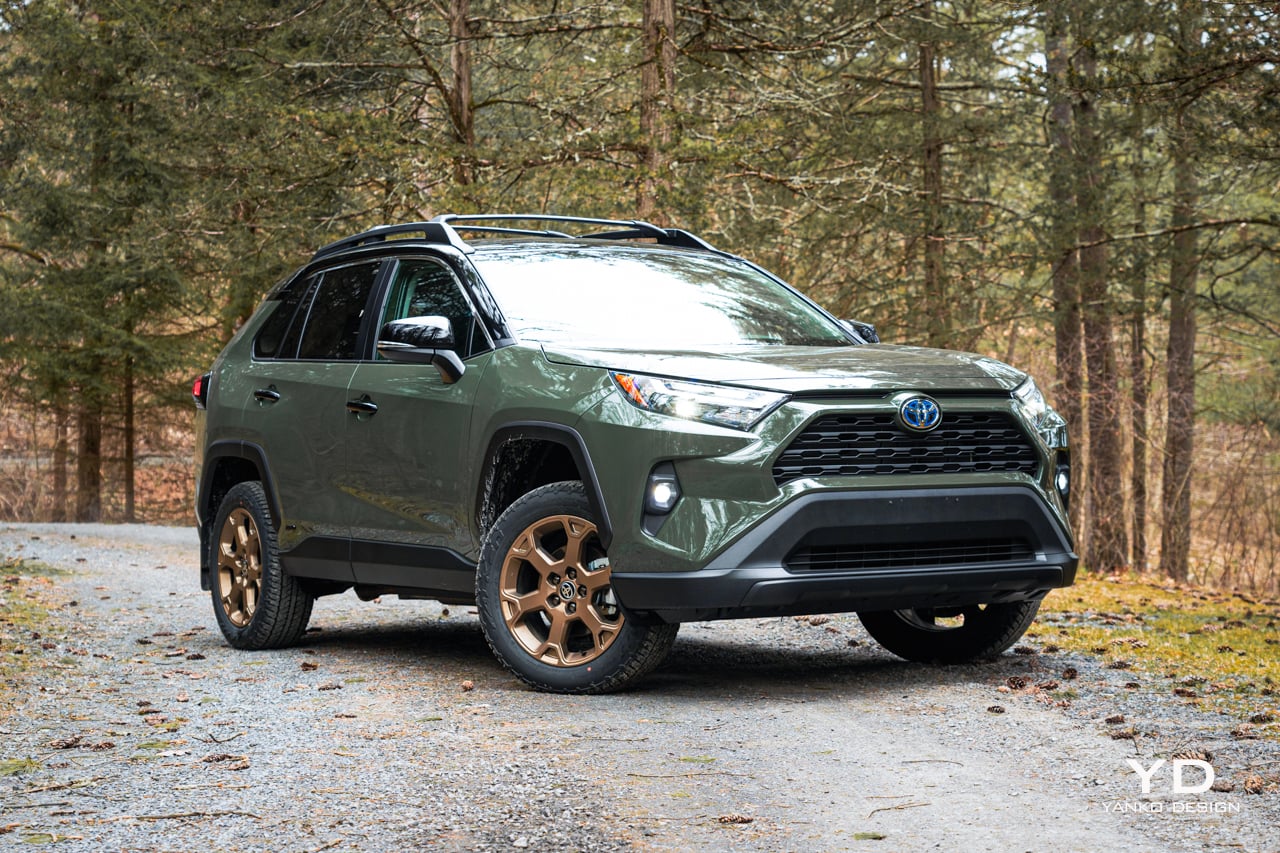
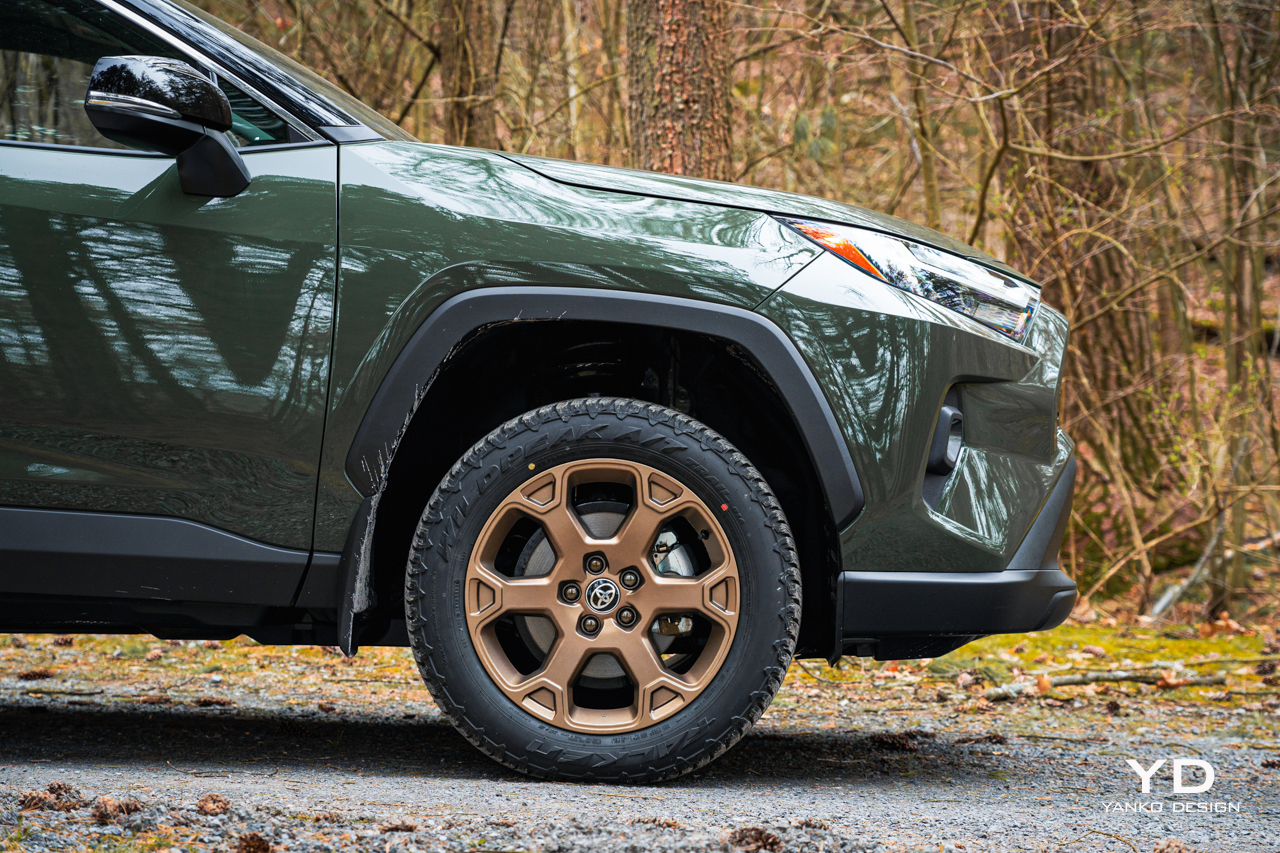
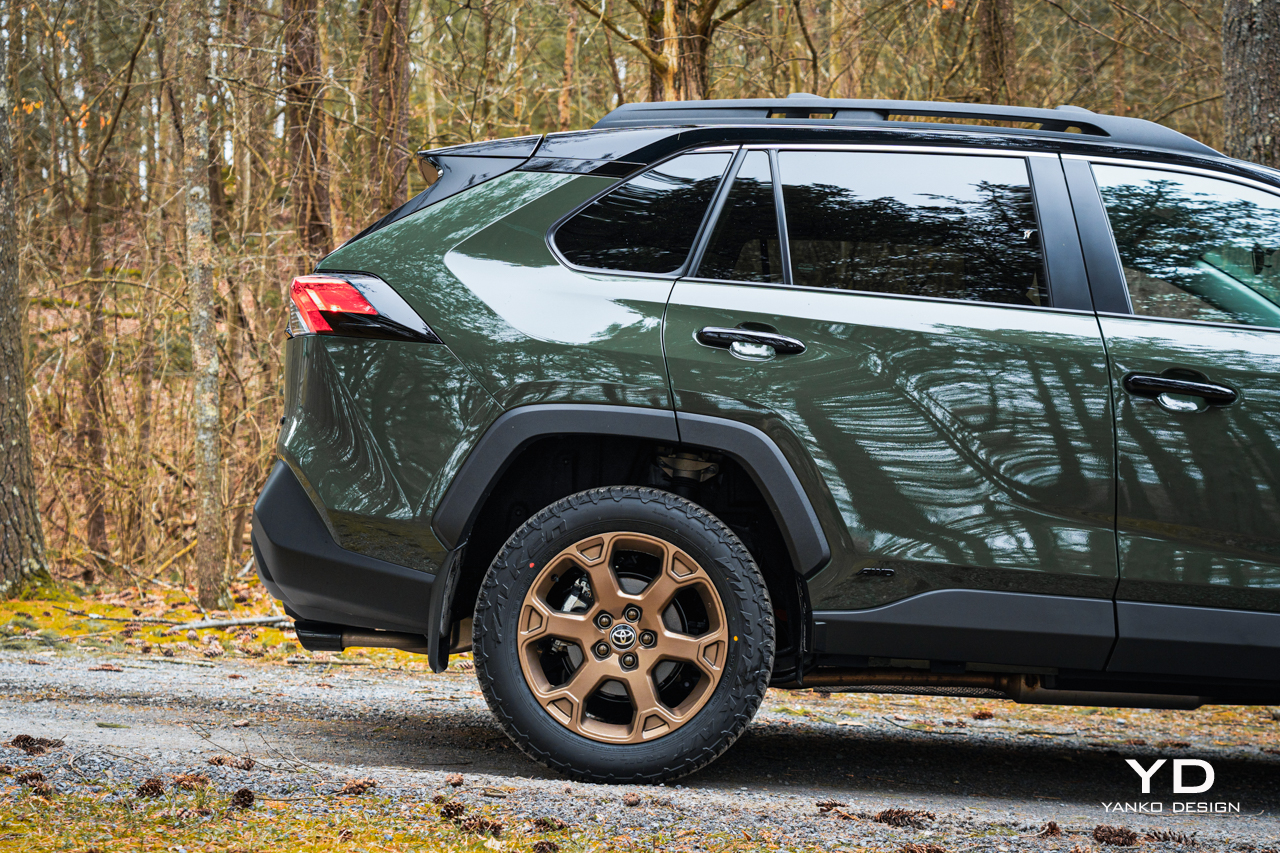
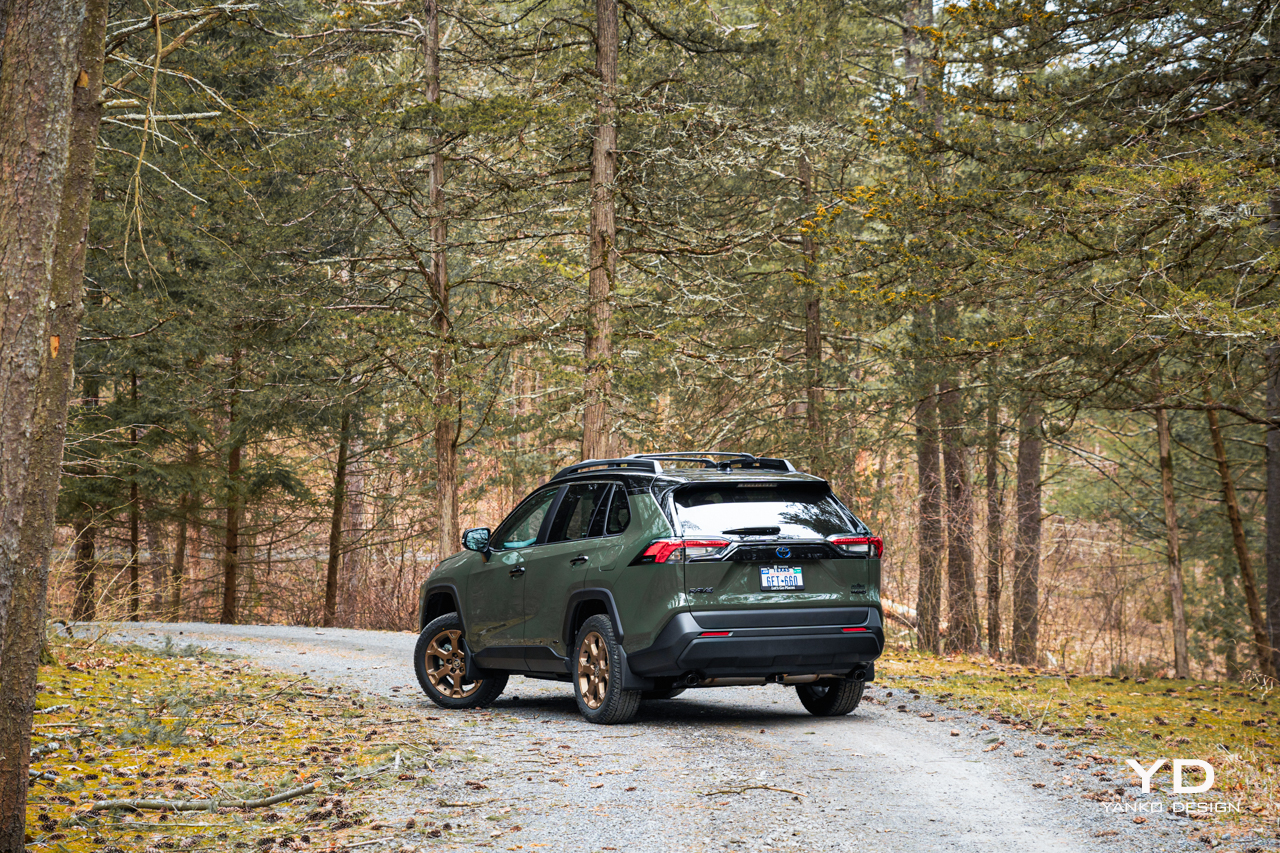
Does any of it make a difference in terms of off-road performance? The suspension upgrade should make the Woodland Edition survive slightly harder stuff offroad, and there’s no doubt the tires will provide more grip on loose surfaces.
On-road, the changes are definitely noticeable, with some increased road noise and a slight decrease in everyday ride quality. While far short of harsh, the Woodland Edition was less pleasant over the bumps and frost heaves that plague the roads near me as we come out of an extended winter season. Whether it’s the tires, suspension, or some combination of the two, I can’t say for sure, but if on-road poise and comfort is your priority, you might want to go for an XLE instead.
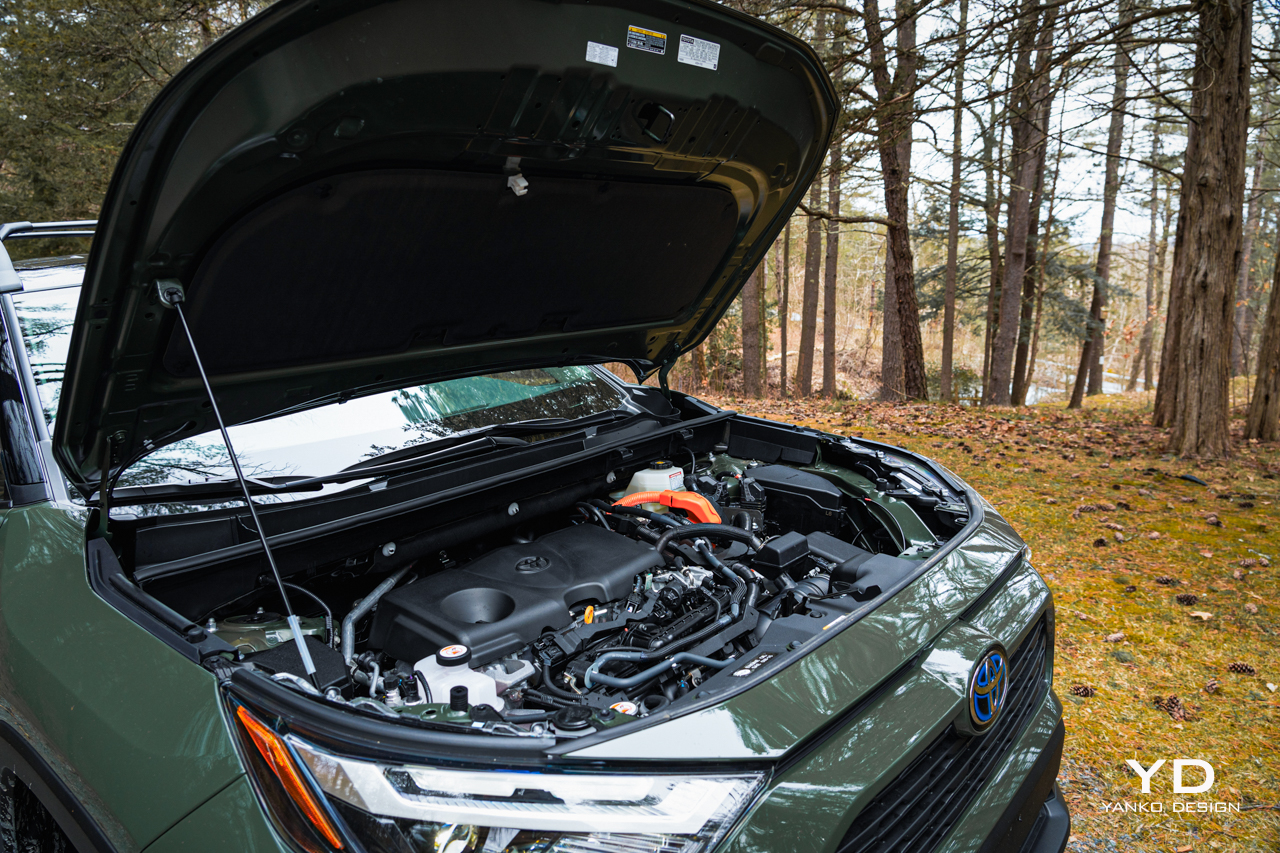
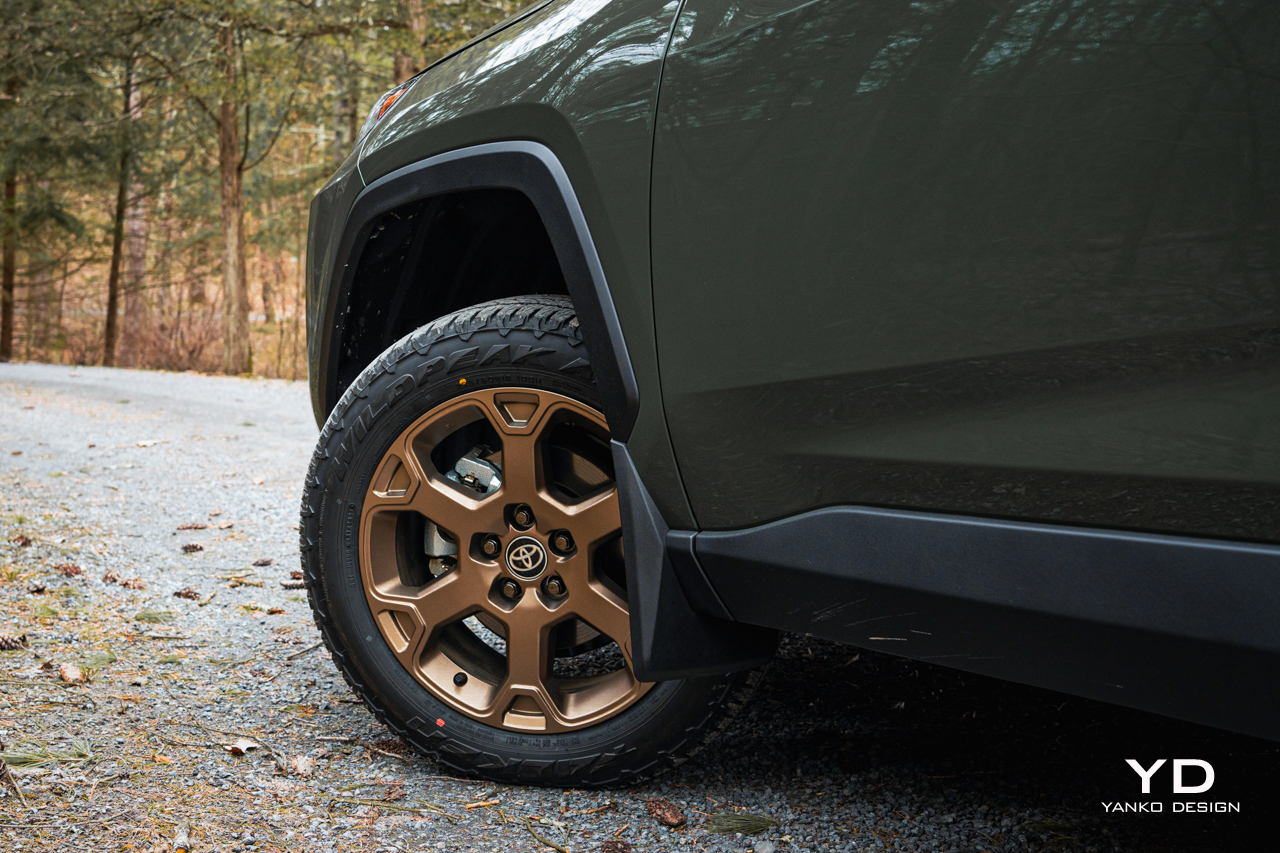
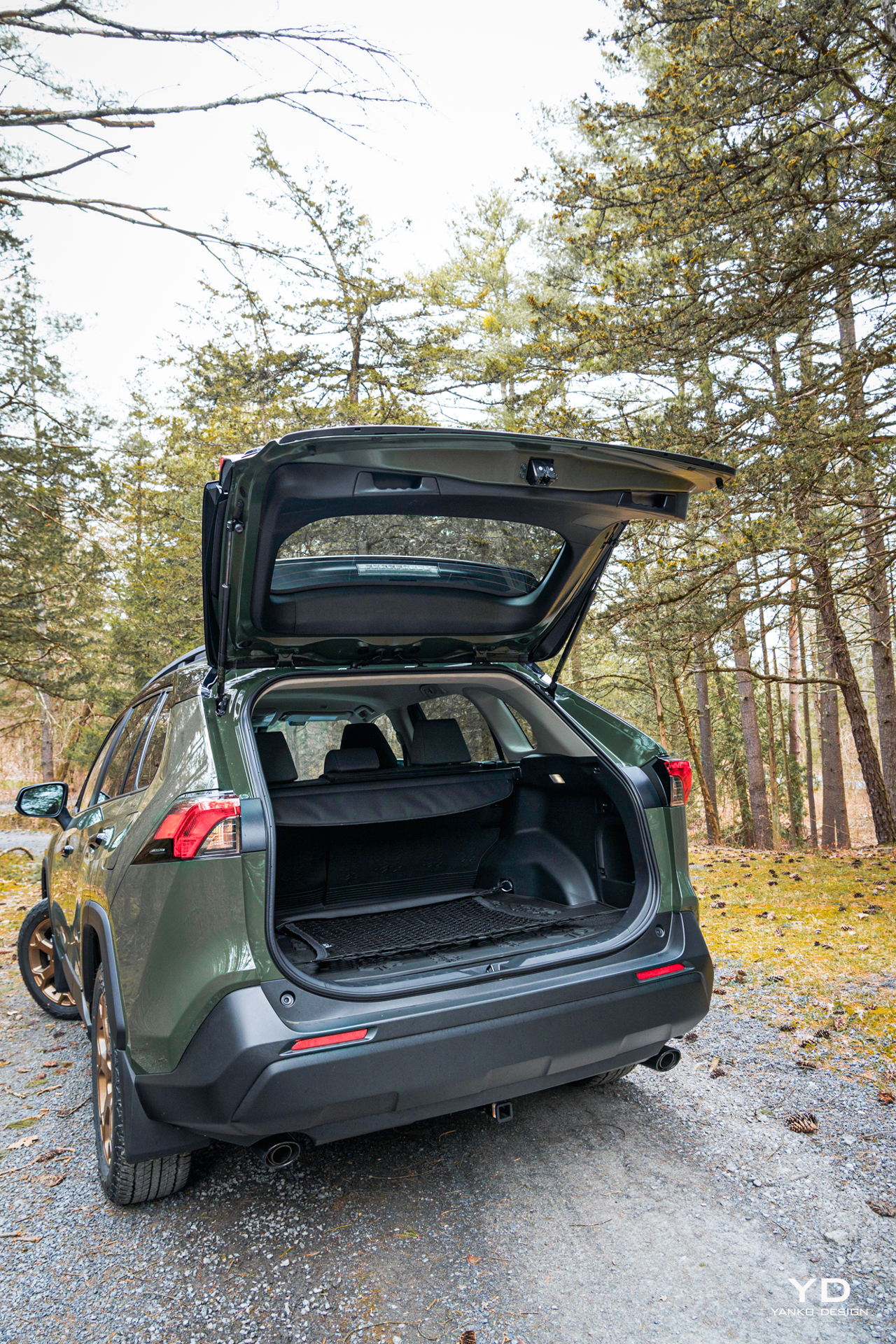
In terms of power, as in any other RAV4 hybrid, the 219 horsepower hybrid system in the Woodland Edition is more than adequate but far from breathtaking. The car accelerates cleanly and has plenty of power to keep up with traffic, plus reasonable throttle response, largely thanks to the hybrid system. However, when most people are shopping for Toyota Hybrids, their top priority is fuel economy, and I wasn’t blown away there.
The Woodland Edition is rated for 38 mpg in the city, 35 on the highway, and 37 combined. In my mixed testing, I did substantially worse, coming in at 32.3 mpg. An XSE, meanwhile, is rated for 39 mpg combined. Those all-terrain tires here surely don’t help, nor does the roof rack up top.
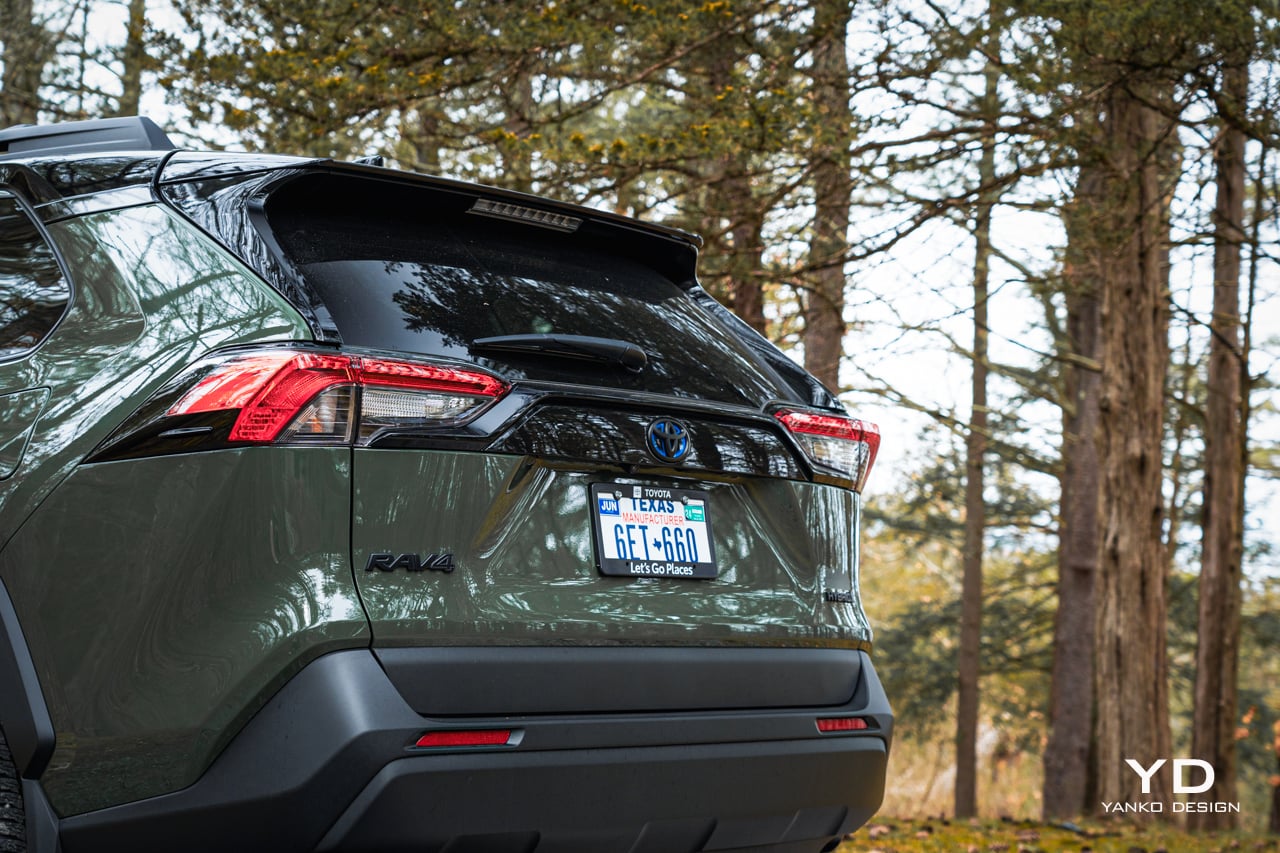
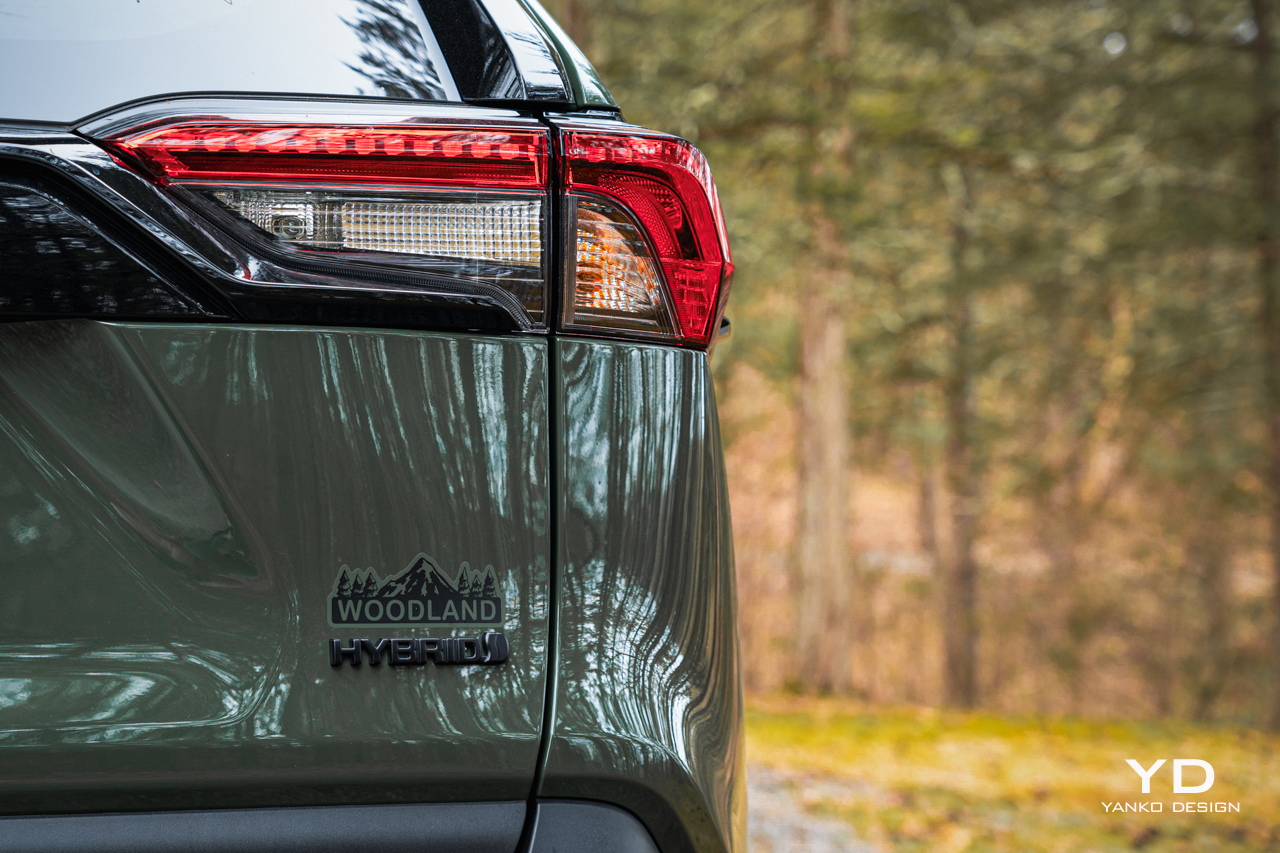
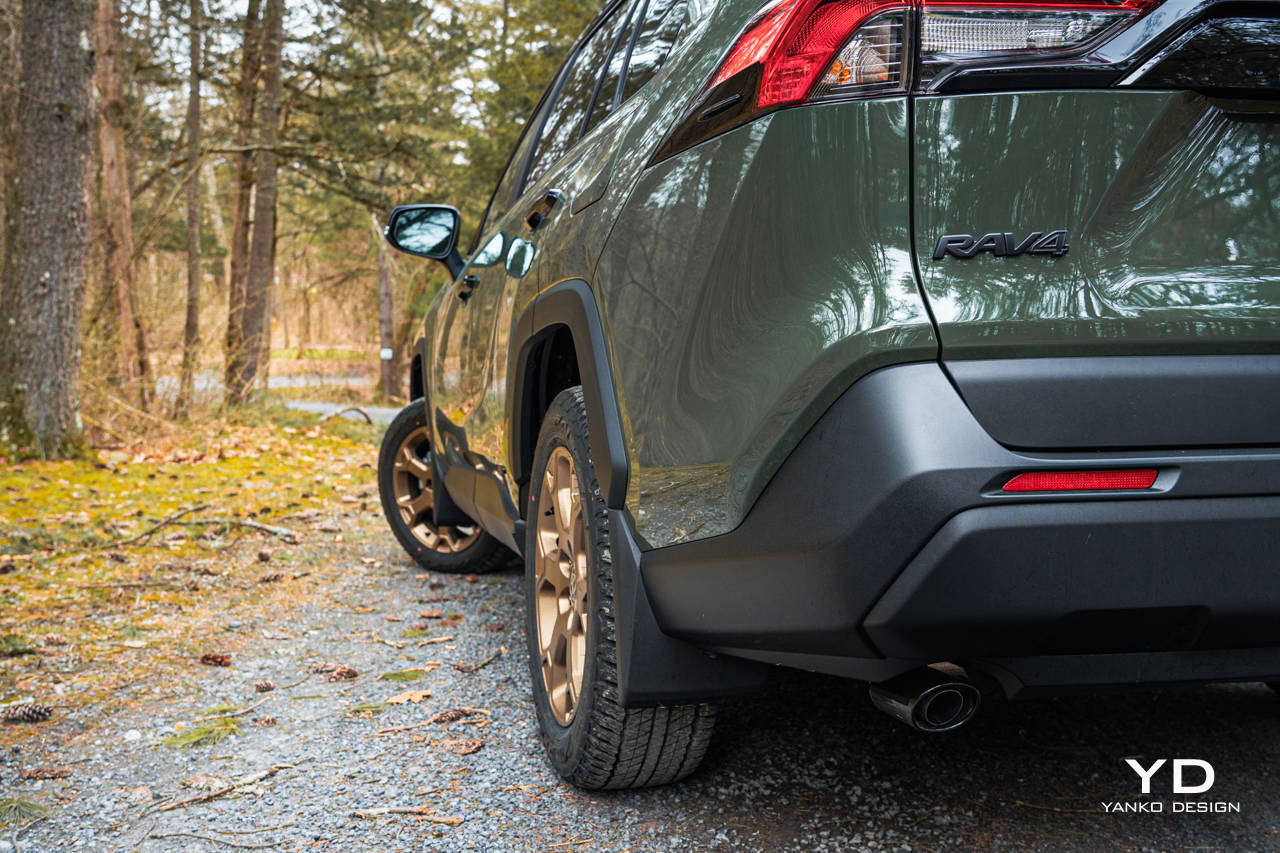
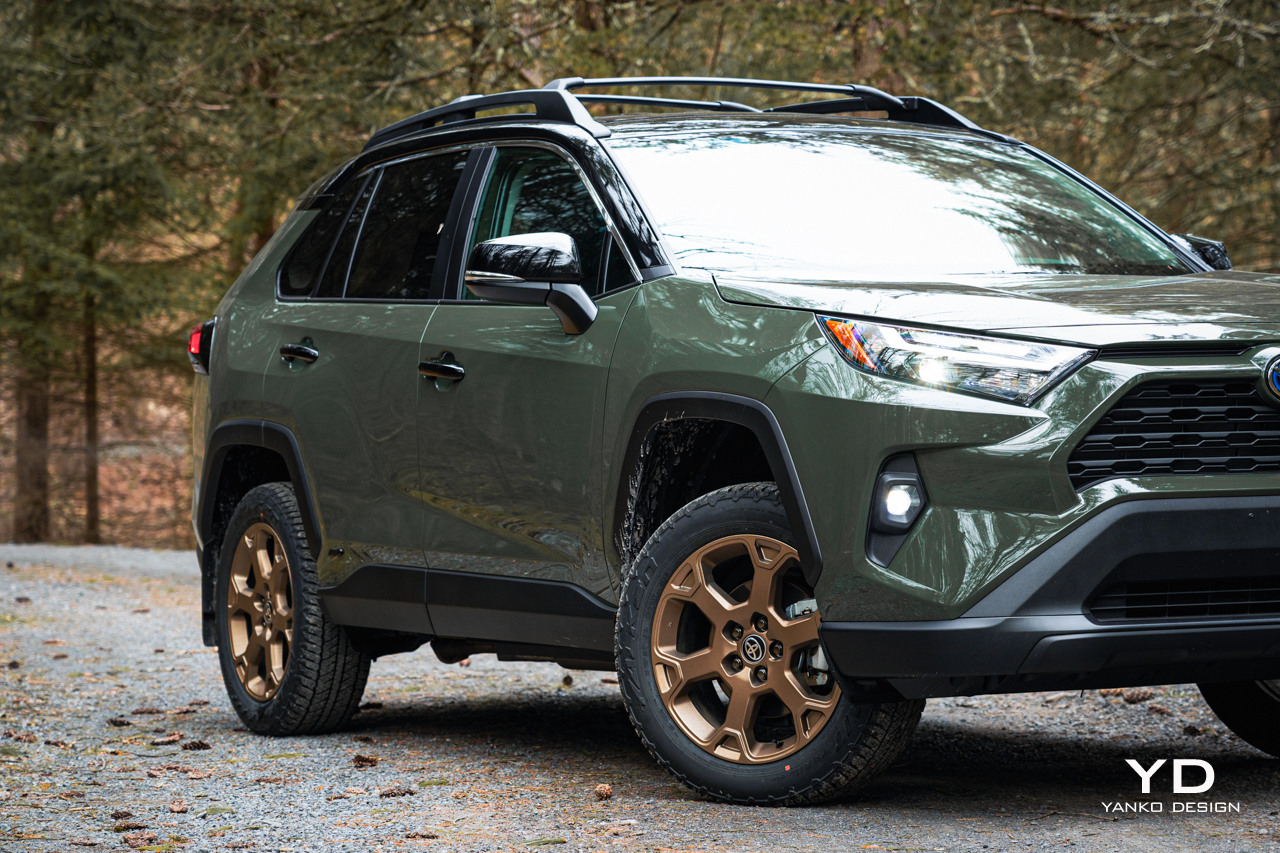
Options and pricing
The 2024 Toyota RAV4 starts at $28,675 for a base LE edition. For a Woodland Edition, you’re looking at a minimum of $34,695. My model included the $925 Weather Package, which adds on heated seats and steering wheel, plus $500 for that exterior color, which brought the total price to $37,470 after a $1,350 destination charge. That compares favorably to its most direct competitor, a Subaru Forester Wilderness Edition, which starts at $34,920.
Is it worth the extra $3,000 over a RAV4 LE hybrid? I don’t know if it is. While I appreciate the desire for something with more off-road capability and love the look and color scheme here, I can’t say that I’m convinced the on-road penalty combined with the extra cost is worthwhile. The mpg hit also doesn’t seem worthwhile unless you’re frequently going to be making use of those all-terrain tires or that roof rack.
In general, I’d recommend sticking with the RAV4 XLE hybrid, which is an excellent SUV and continues to be a value leader and saves. But, if you want something with a smidge more attitude and have a bit more to spend, I don’t blame you for being tempted by this green and bronze charmer.
